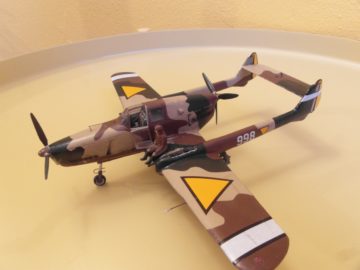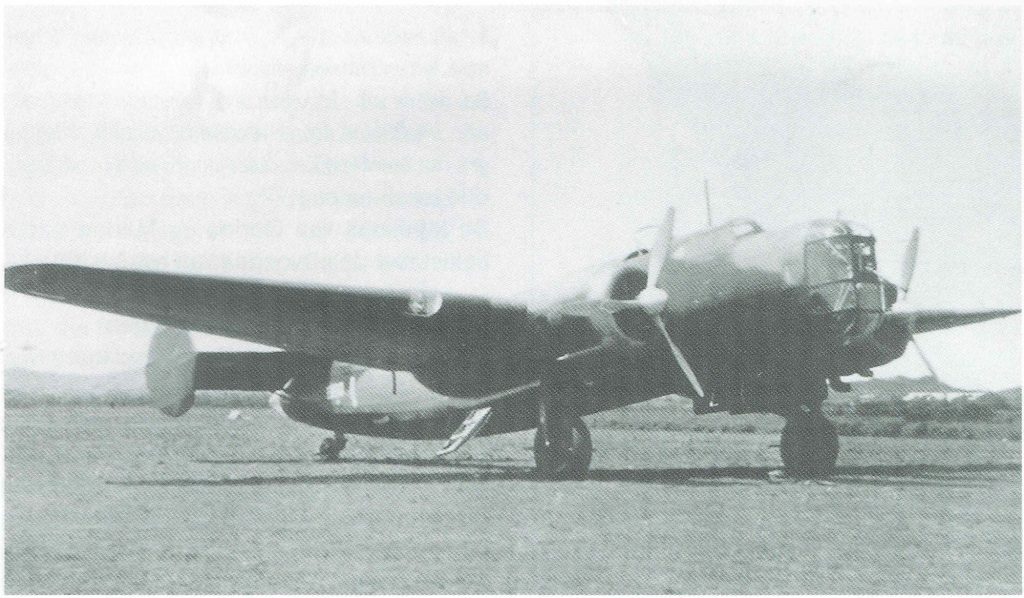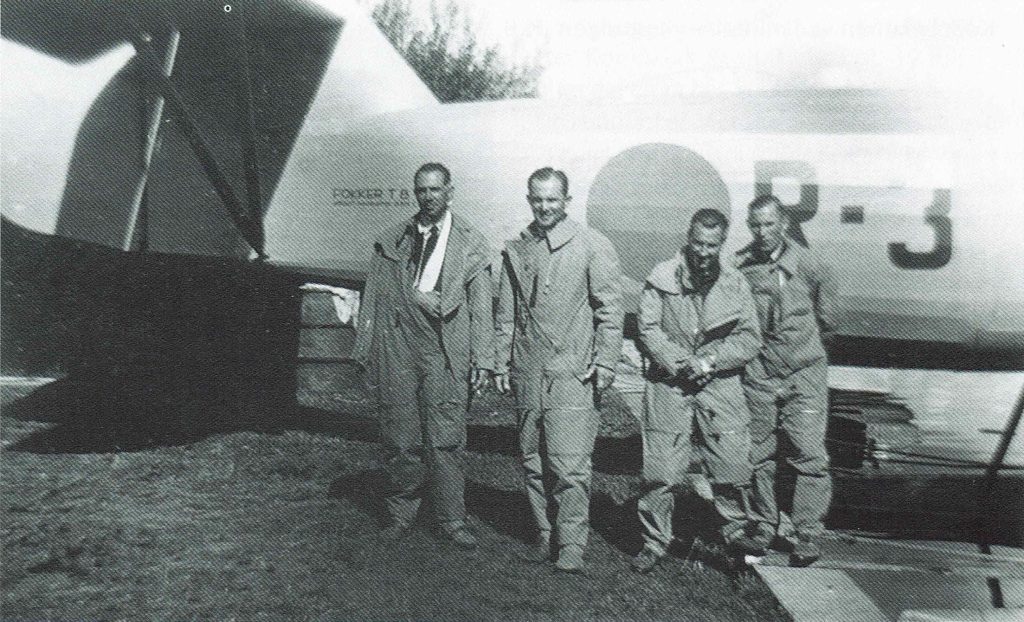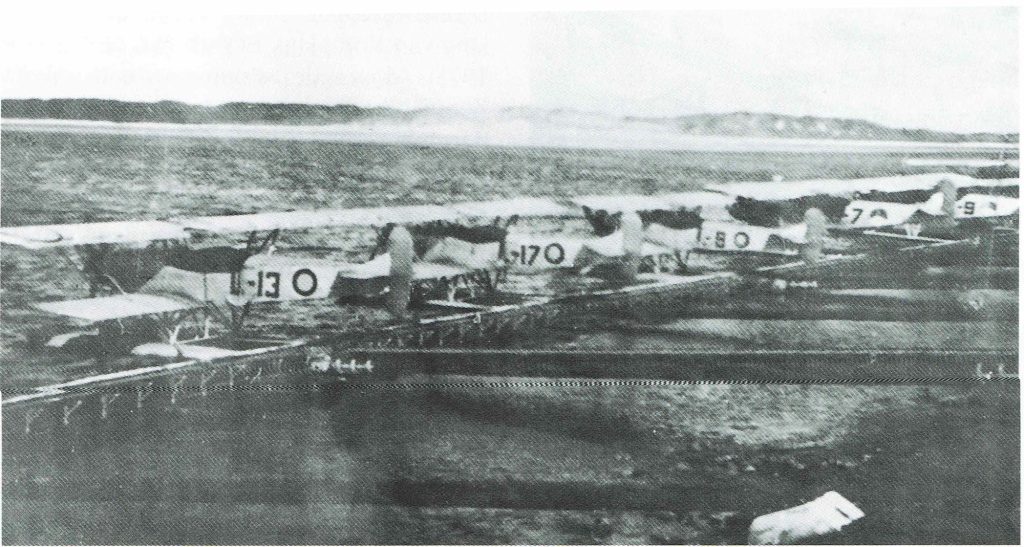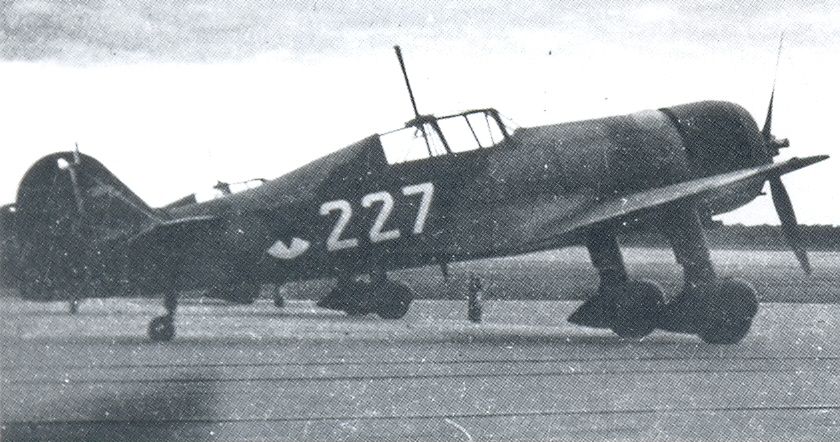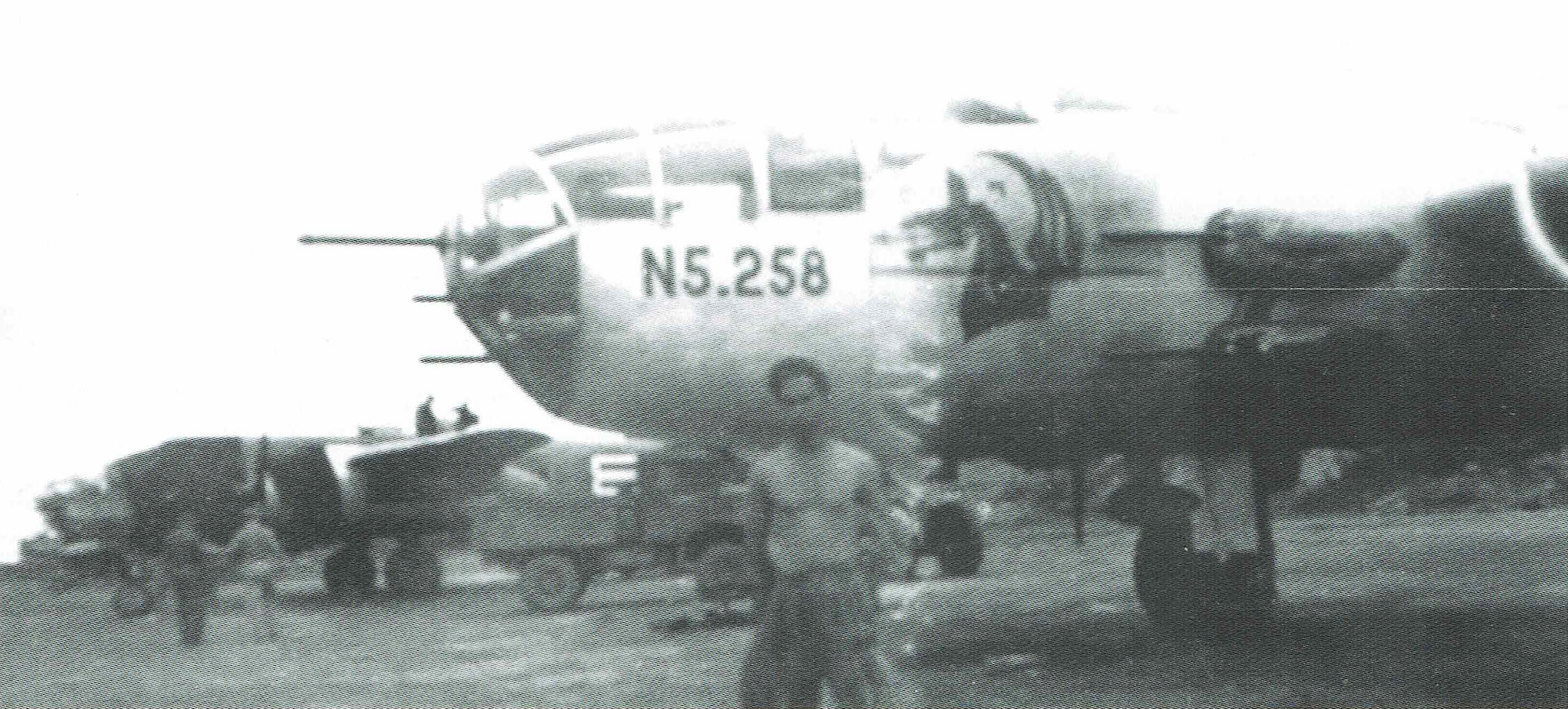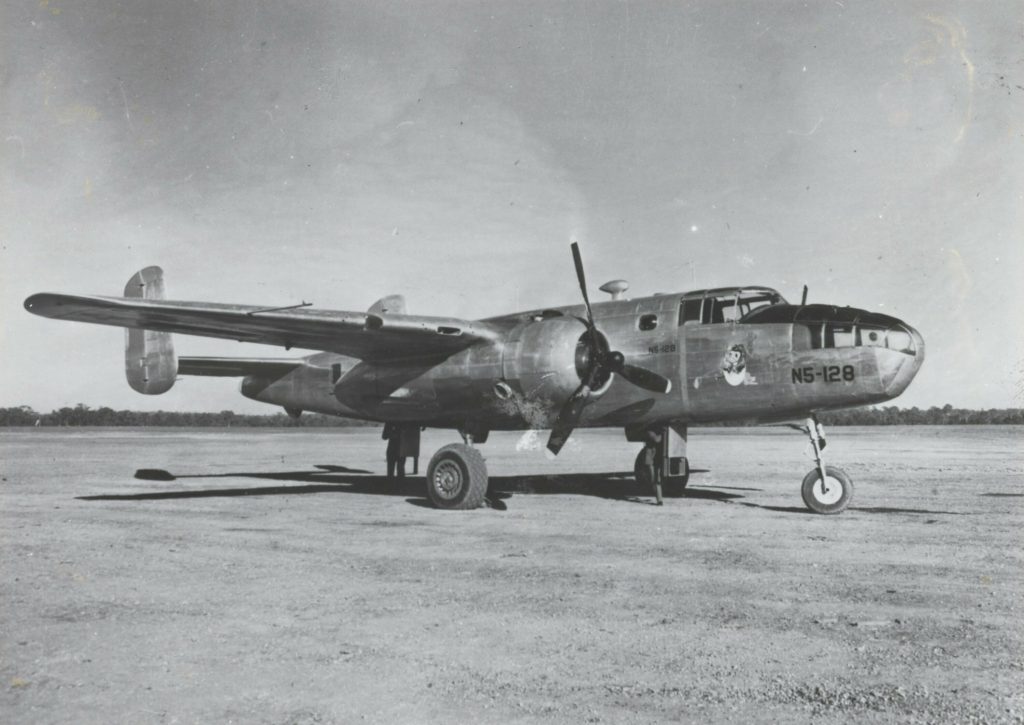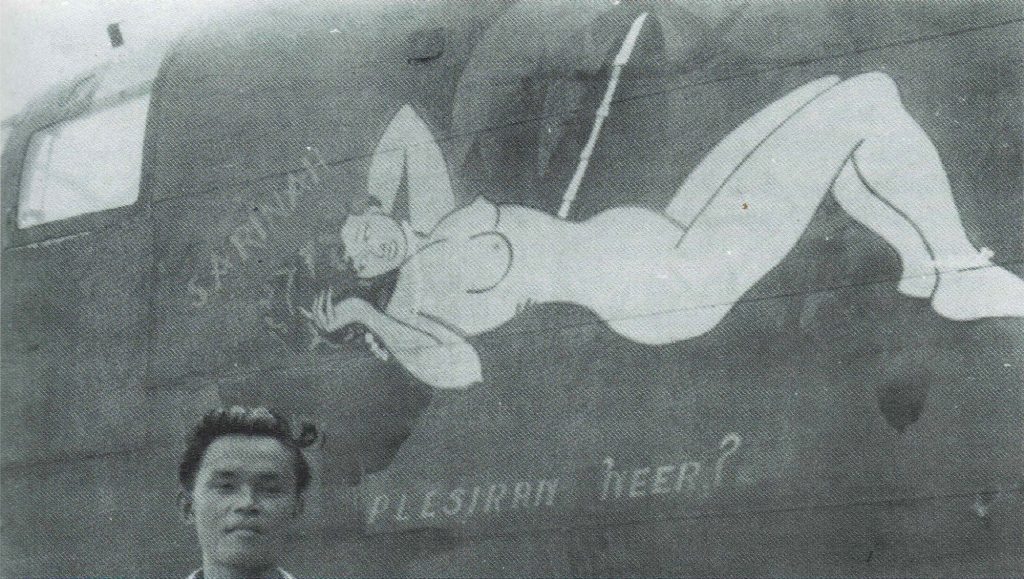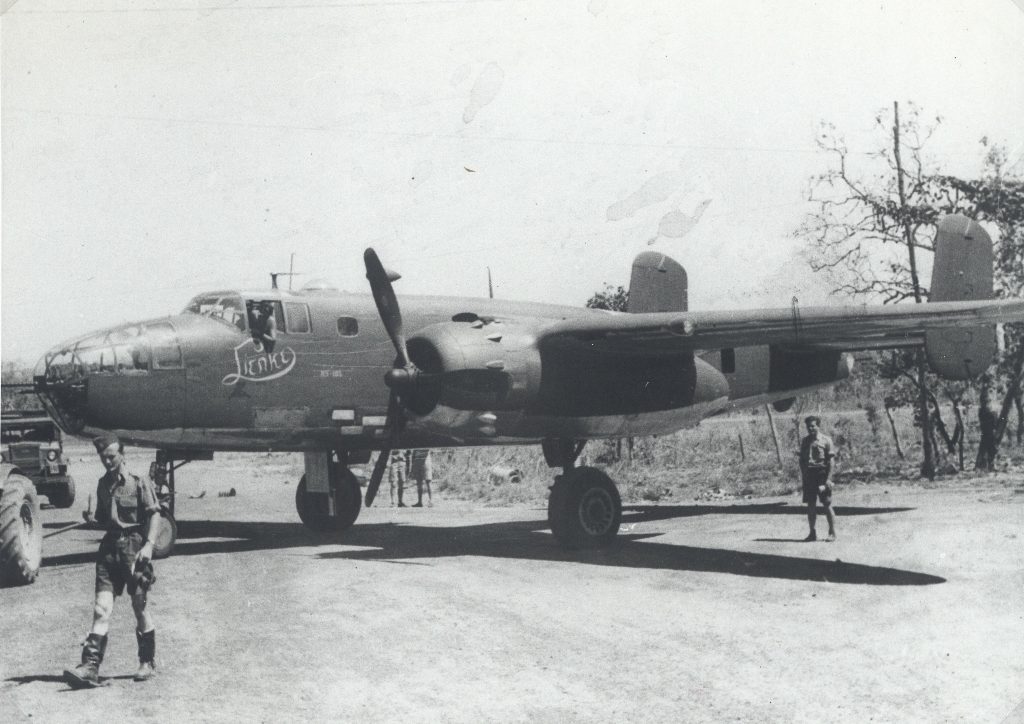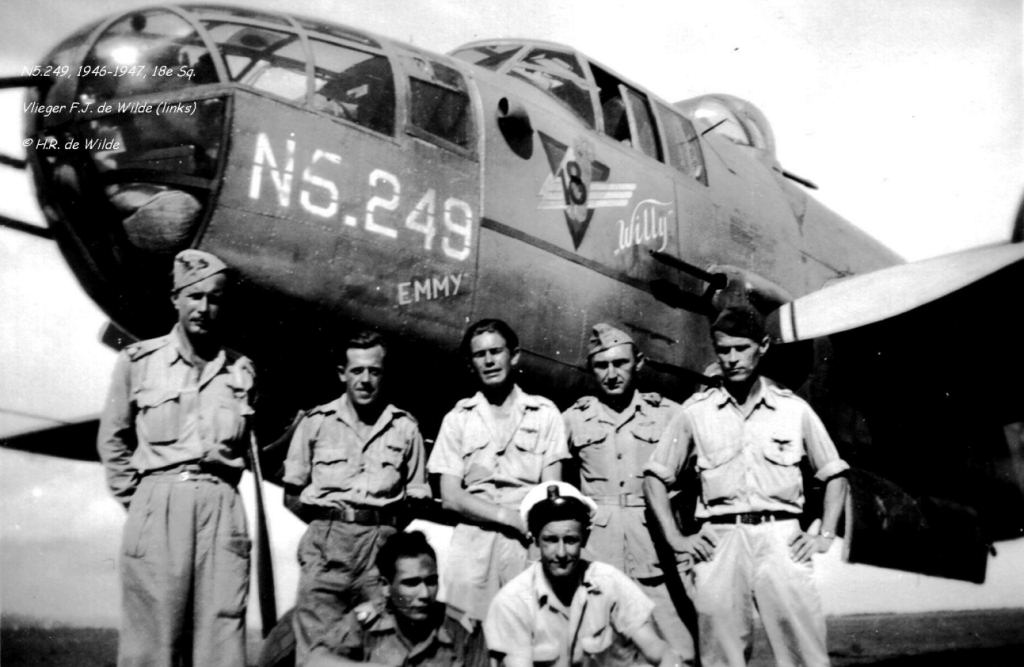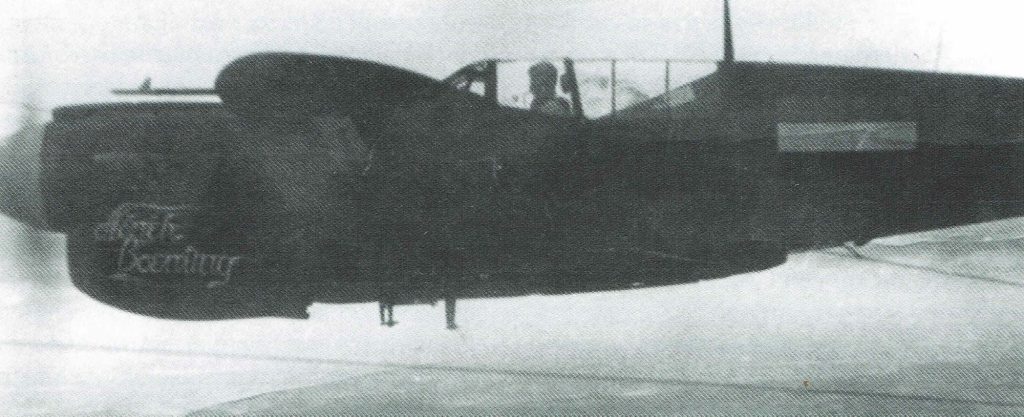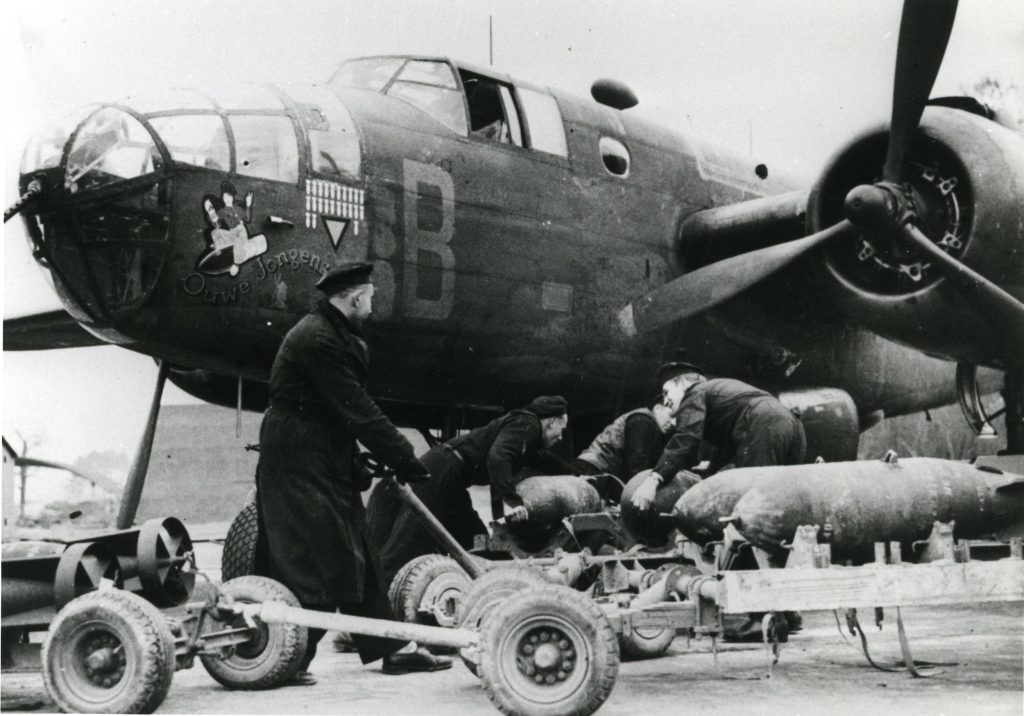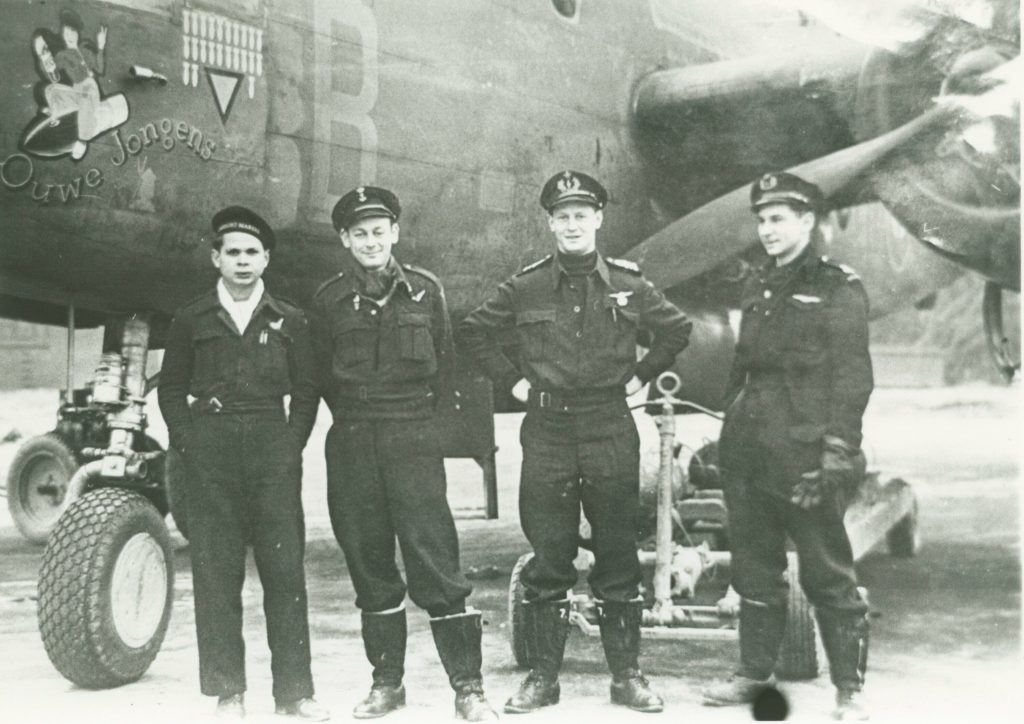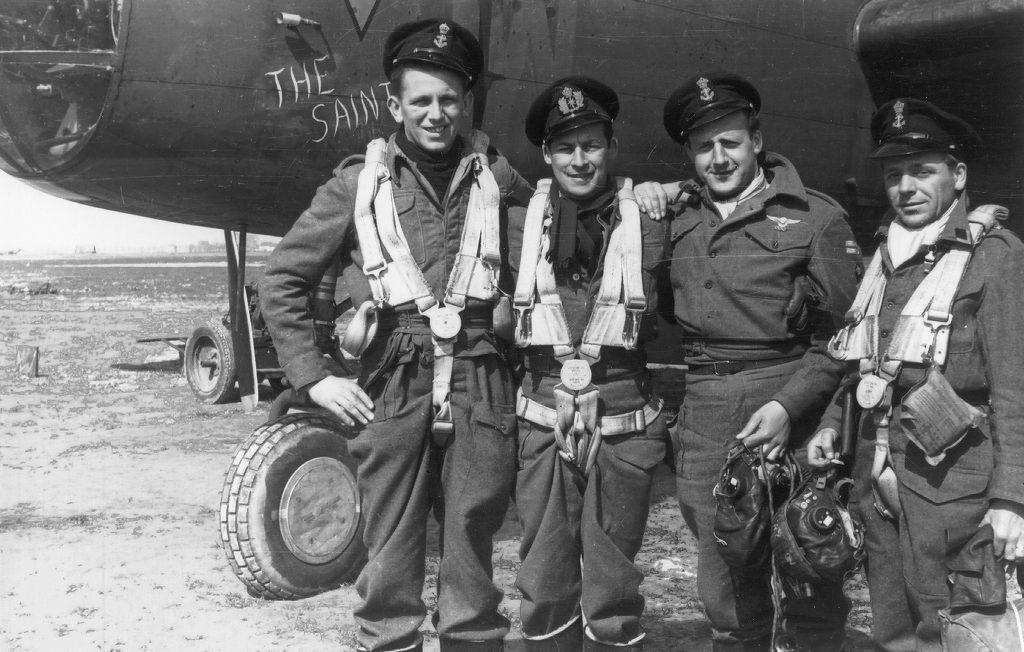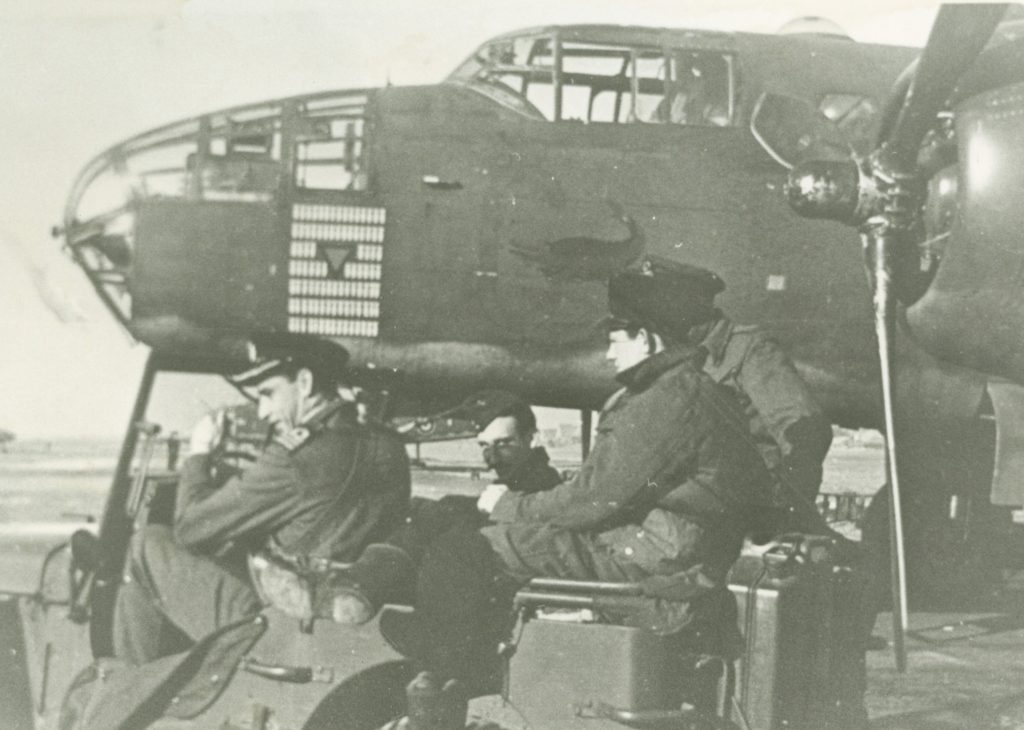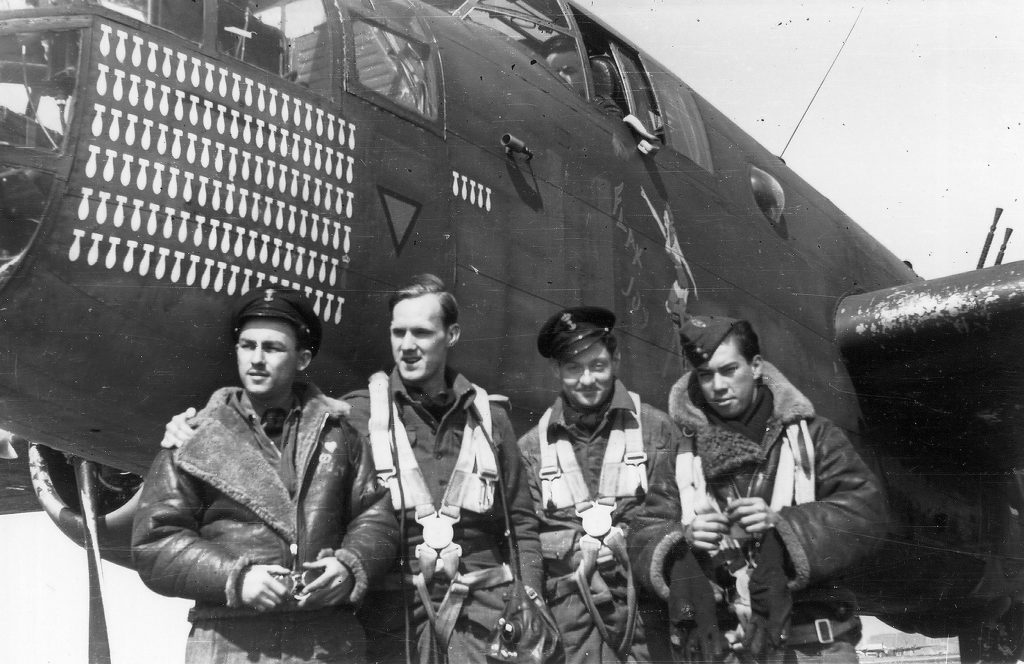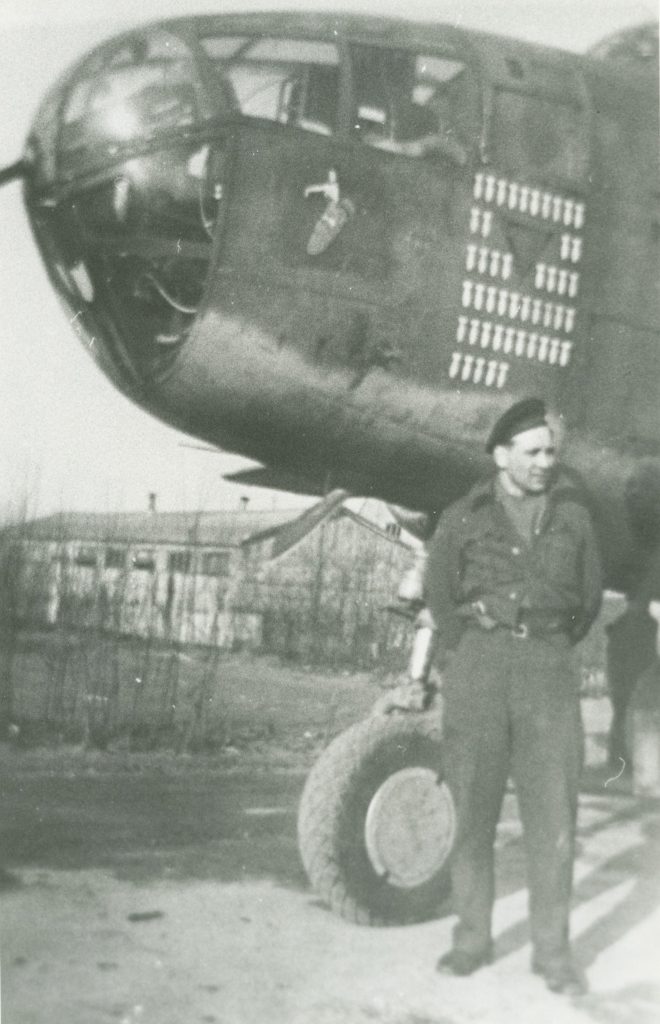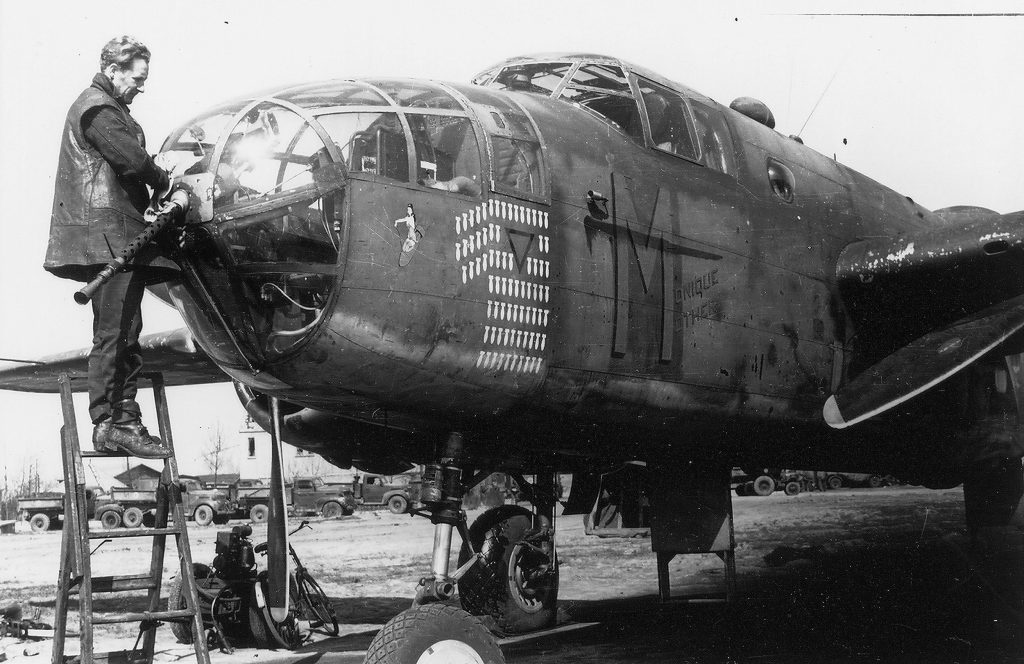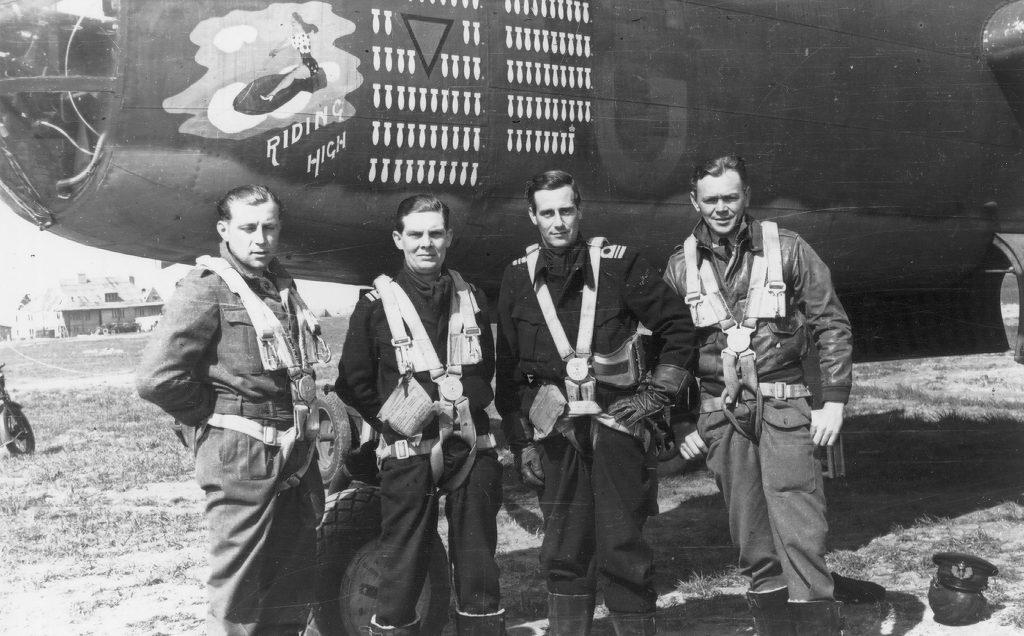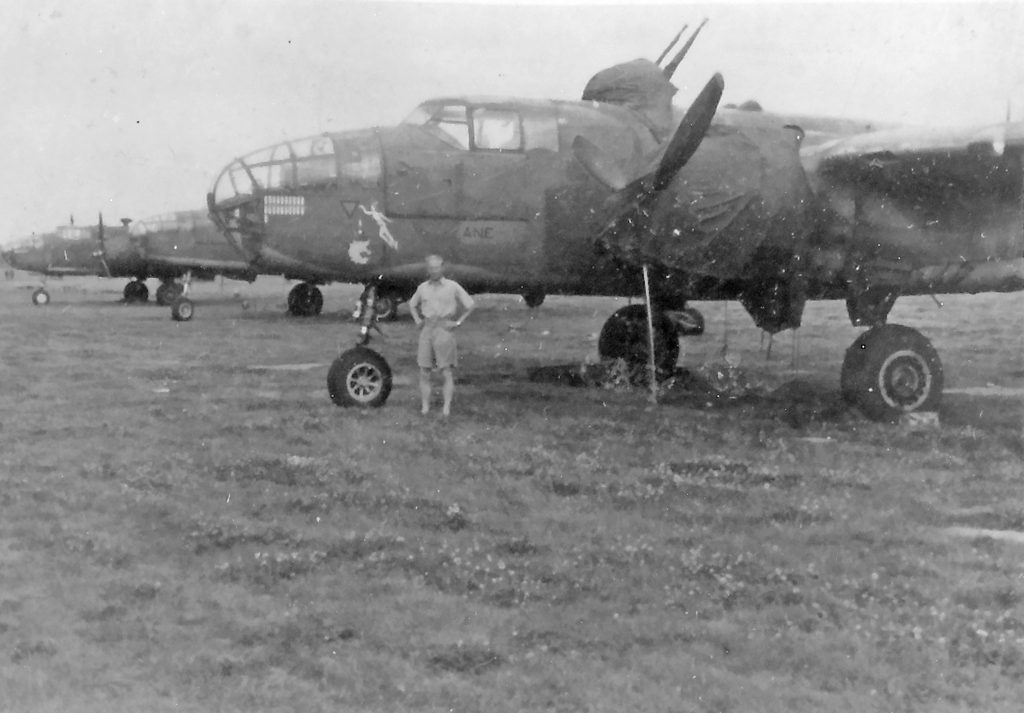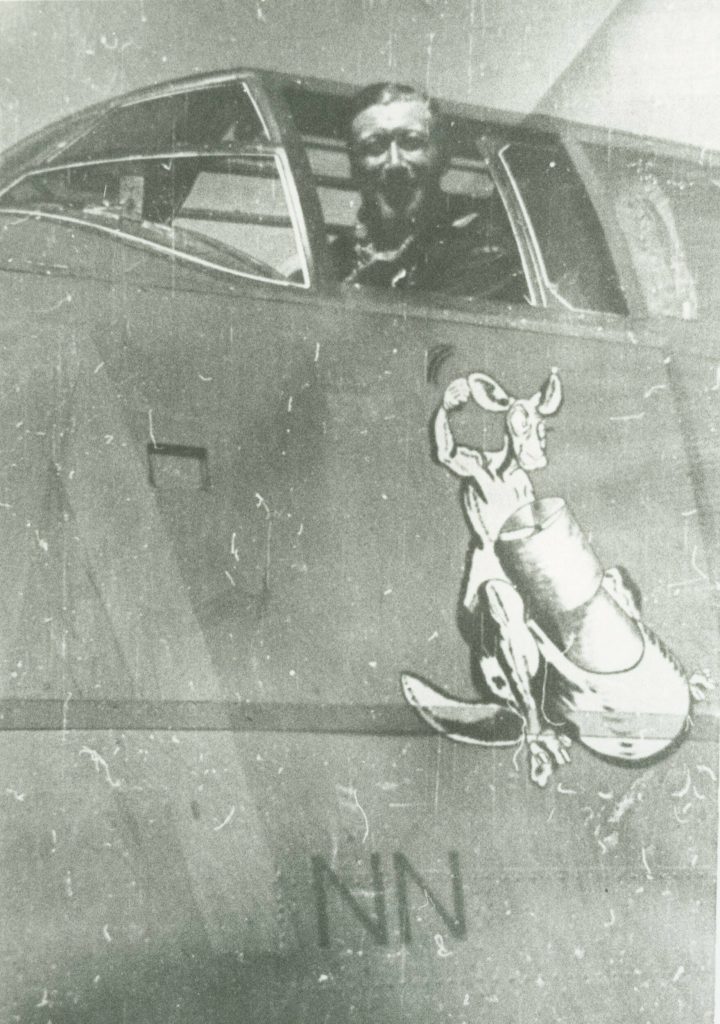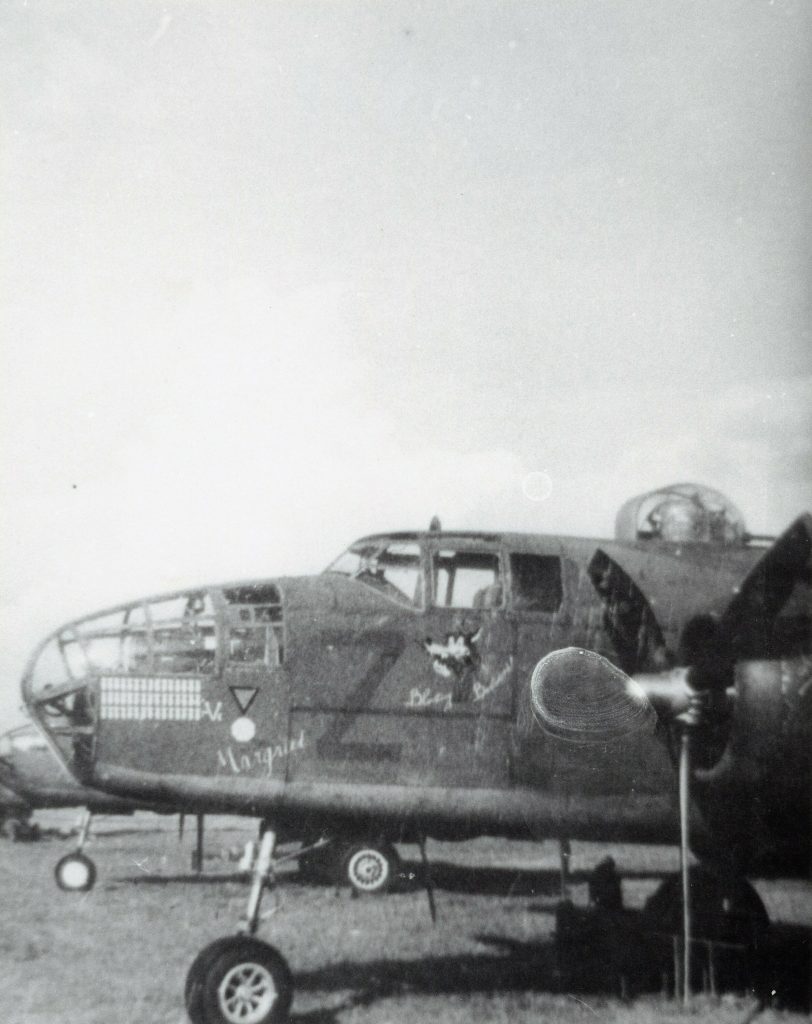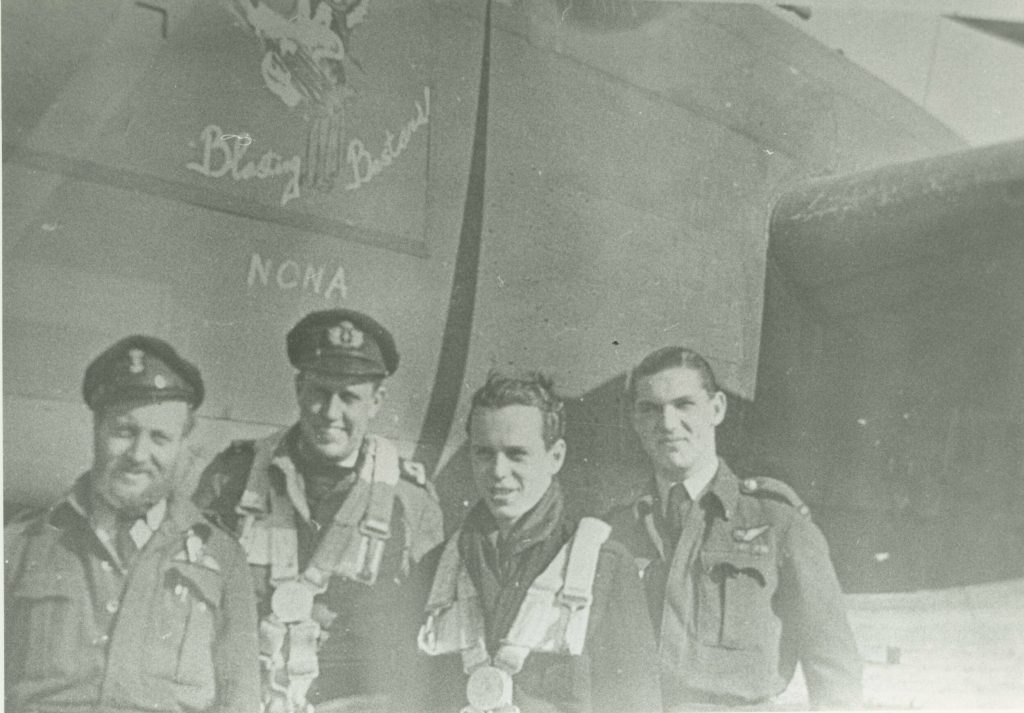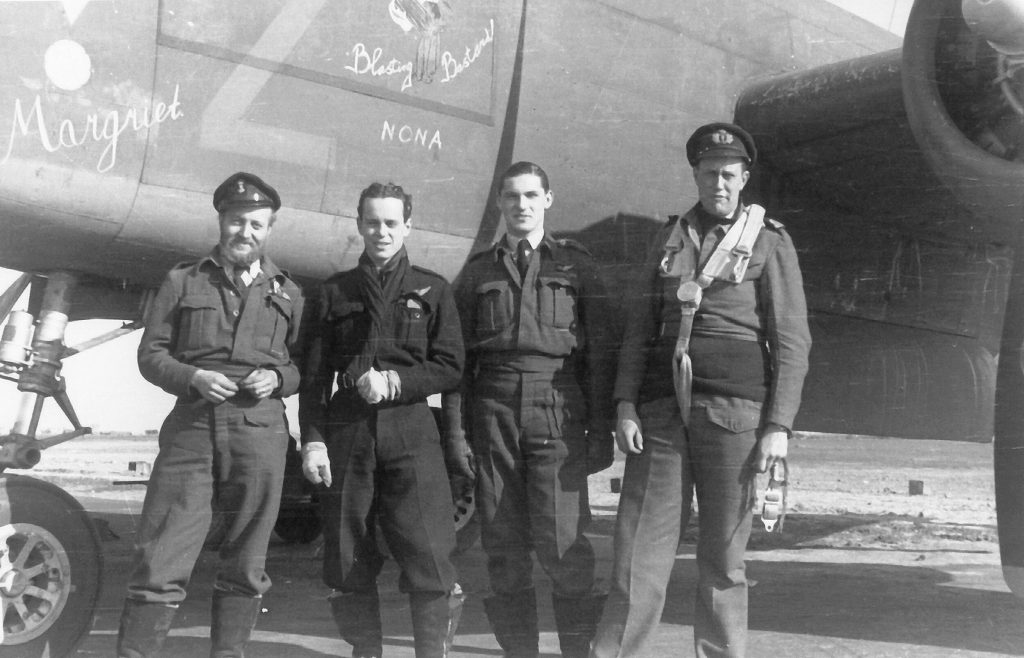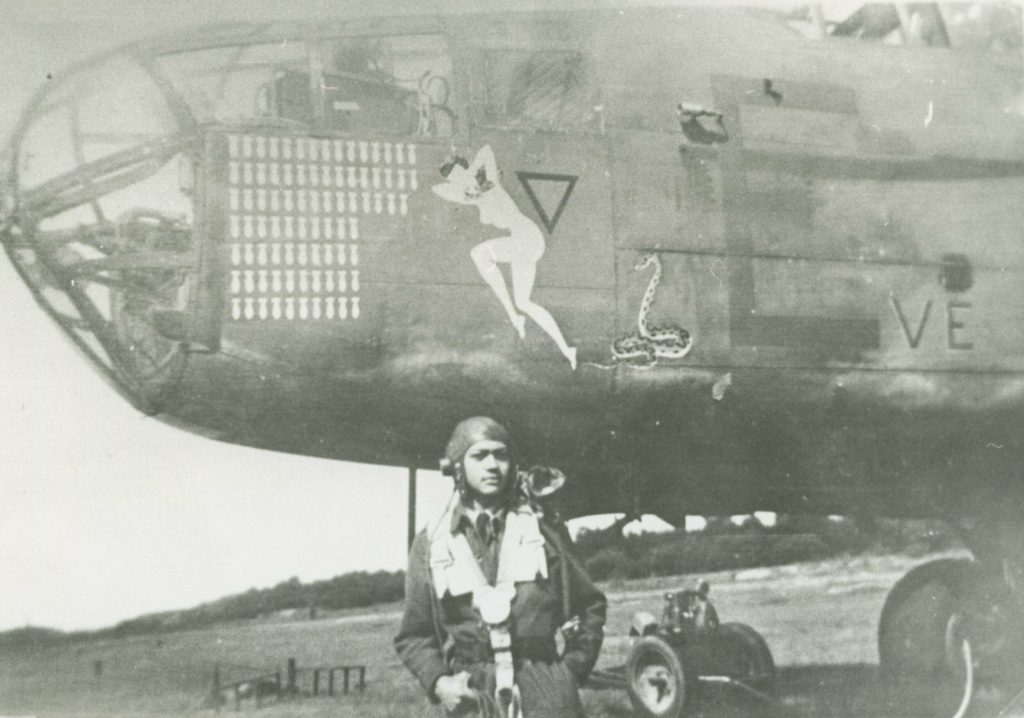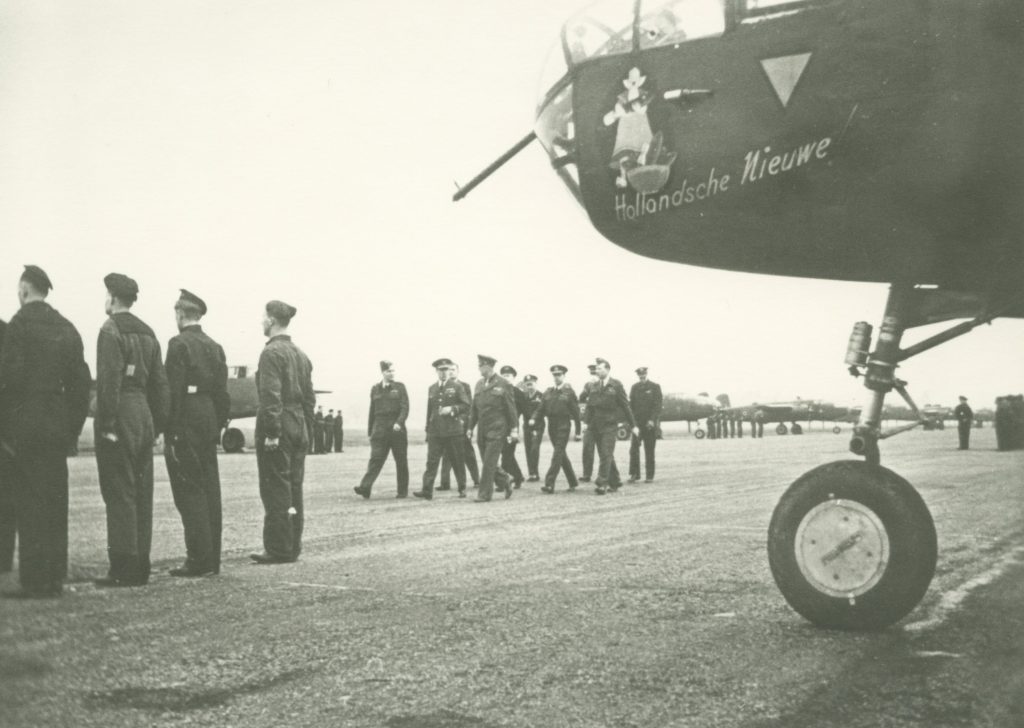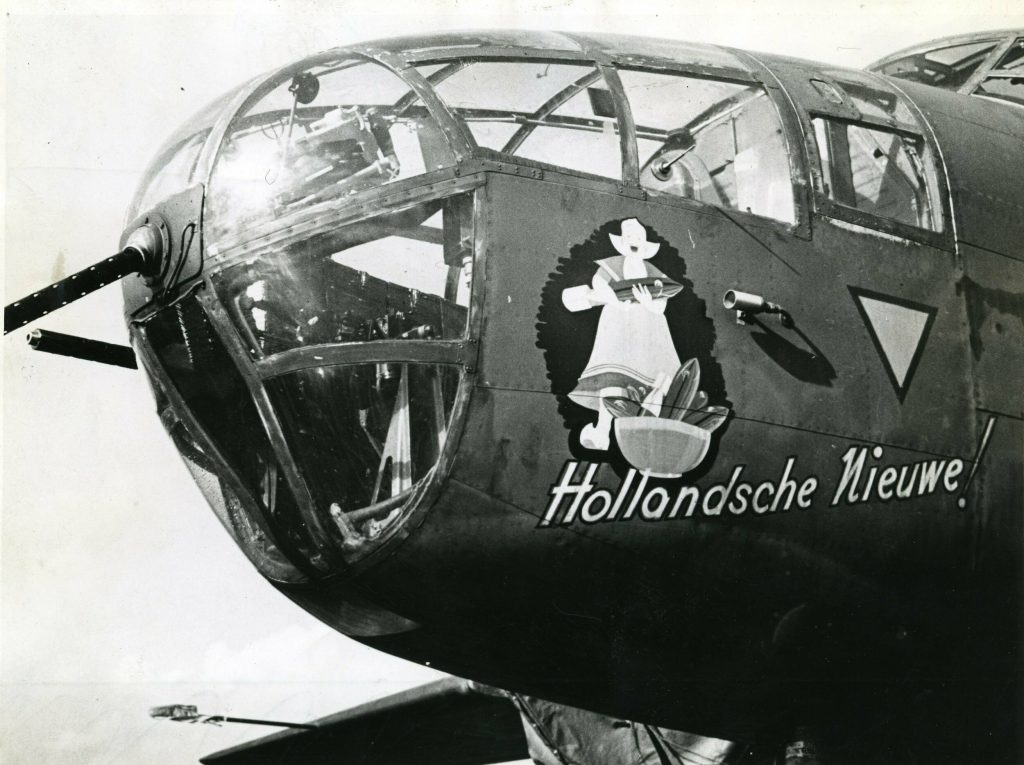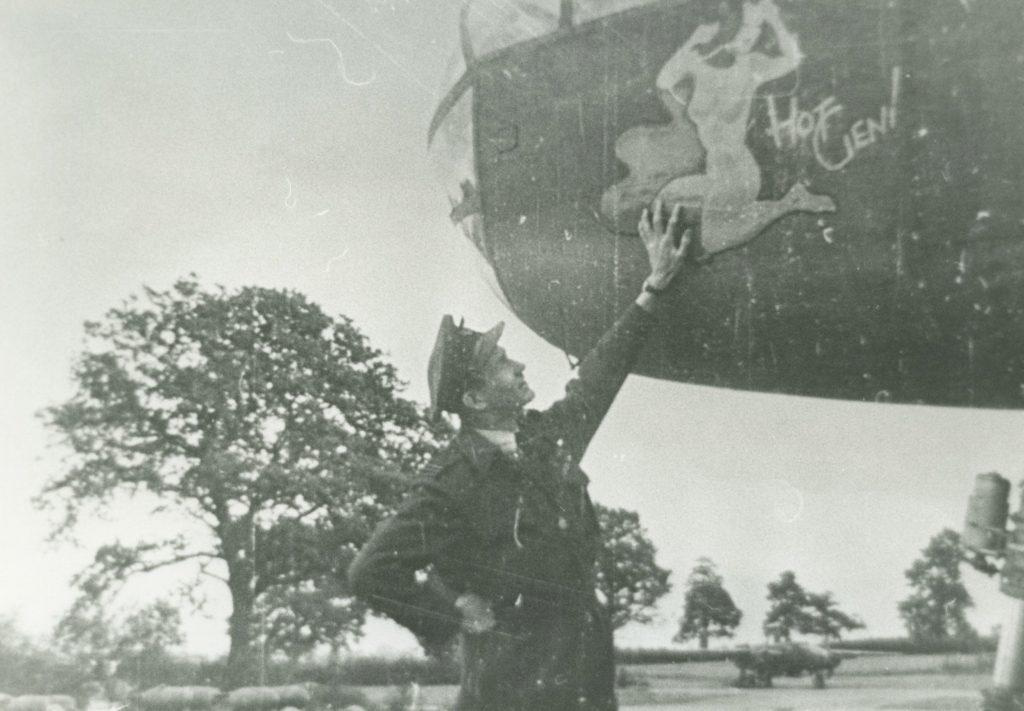Prior to the 2nd world war the Dutch had three air forces. The LVA (Luchtvaartafdeeling, Army Air Force) which fought in The Netherlands themselves. The ML-KNIL (Militaire Luchtvaart van het Koninklijk Nederlandsch-Indisch Leger, Dutch Indies Army Air Force) which fought in the Dutch Indies, and the MLD (Maritieme Luchtvaartdienst, navy air force), which was active in both the Netherlands and the Dutch Indies. Each had their own camouflage schemes.
Unlike other countries, these branches had no real centralized paint system such as the German RLM or the American ANA. That doesn’t mean there wasn’t any unity between different aircraft types and military branches. It does however make it impractical to create a table with all the paints used. Therefore each individual scheme has it’s own little table with the paints used.
Luchtvaartafdeeling der Koninklijke Landmacht
The LVA (Luchtvaartafdeeling der Koninklijke Landmacht, Aviation Department of the Royal Armed Forces), was the Army Air Force and precursor of the Dutch Air force. They were tasked with defending the Netherlands and fought the German invasion in may 1940.
LVA, Khaki-Blue
Before early 1938, aircraft of the LVA were painted in a camouflage consisting of a khaki topside and blue bottom side. Some MLD land based aircraft also used this scheme.
| Colour | equivalents | Gunze | Tamiya | Vallejo | Hataka | |
| LVA Khaki | LVA Khaki | FS-14064* RAL 6014 |
HTK-A193 | |||
| Upper surface camouflage of early aircraft select training and reconnaissance aircraft |
||||||
| LVA Blauw | LVA blue | FS-15189* RAL 5018 |
HTK-A332 | |||
| Lower surface camouflage or early aircraft Overall colour of training aircraft |
||||||
| Hemelsblauw | sky blue | FS-35250 | 45% XF-2 40% XF-8 7.5% XF-7 7.5% XF-19 |
HTK-A332 | ||
| Koolhoven used alternative to LVA Blue Body of the FK-58 prototype, with silver wings. |
||||||
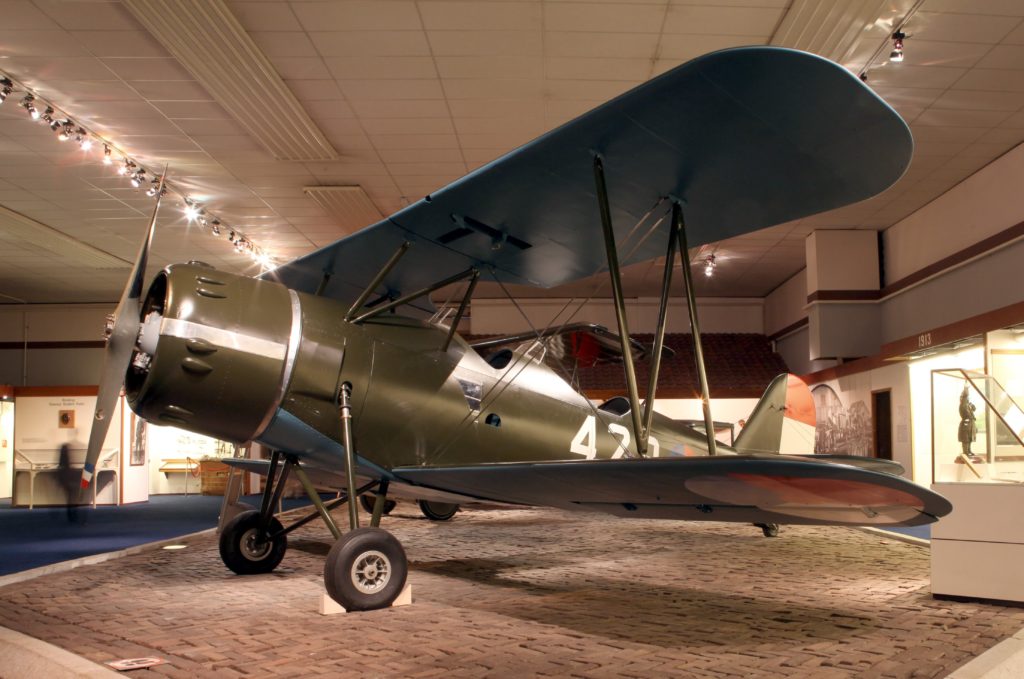
https://commons.wikimedia.org/wiki/File:Koolhoven_FK-51.jpg
| Used | |||
| Koolhoven FK-31 | Koolhoven FK-46 | Koolhoven Fk-49 | |
| Koolhoven Fk-51 | Koolhoven Fk-56 | Koolhoven Fk-58 (prototype) | |
| Fokker D.XVII | Fokker D.XVI | Focke Wulf Fw-58 | |
| Fokker G.1 (prototype) | Fokker T.IX (prototype, khaki overall) |
|
LVA Bruin-Beige-Groen
This Brown-Beige-Green camouflage is probably the most iconic Dutch camouflage. The switch to this new camouflage occurred with the introduction of the Fokker T.V in early 1938. Planes constructed before that date weren’t repainted.
It is not known why the underside of the planes were painted brown. Theories exist, such as it is because the LVA believed the colour to be less visible when caught in searchlights. However it’s quite the odd choice to paint all aircraft in a night camouflage, when none where optimized for night operations.
| Colour | equivalents | Gunze | Tamiya | Vallejo | Hataka | Mr. Paint | AK real colour | |
| Camouflagebruin | Dark Brown | FS-10059 | H-047 C-041 |
XF-64 | 70.985 | HTK-A087 | RC068 | |
| Upper and Lower surface camouflage | ||||||||
| Camouflagebeige | Sandy Brown | FS-16360 | H-336 C-336 |
70.979 | HTK-A074 | RC301 | ||
| Upper surface camouflage | ||||||||
| Camouflagegroen | Dark Green | FS-14077 | H-330 C-330 |
XF-11 XF-74 |
HTK-A246 | RC286 | ||
| Upper surface camouflage | ||||||||
| Anodiseergrijs | gray | FS-16320 | H-307 C-307 |
HTK-A201 | RC251 | |||
| Cockpit and fuselage interiors | ||||||||
| Used | Planned | Possible |
|---|---|---|
| Fokker D.XXI | Dornier Do-215 (order of 24 machines) | Schelde S.21 (prototype under construction, but not (yet) ordered) |
| Fokker D.XXIII | Koolhoven Fk.58 (36 machines ordered) | Fokker G.2 (prototype under construction, but not ordered) |
| Fokker G.I | Fokker T.IX (interest shown in prototype, but not ordered) | |
| Fokker T.V | ||
| Douglas DB-8A-3N |
Militaire Luchtvaart van het Koninklijk Nederlandsch-Indisch Leger
The Militaire Luchtvaart van het Koninklijk Nederlandsch-Indisch Leger (ML-KNIL), the Royal Netherlands East Indies Army Air Force (RNEIAAF) was the air arm of the Dutch colonial army. Initially, planes flown by the ML-KNIL had no defined camouflage pattern, with each type of machine either using it’s delivery scheme or no camouflage at all. The ML-KNIL was established in 1915 as the PVA-KNIL (Proefafdeling KNIL). In 1921 this was reorganized to the LA-KNIL (Luchtvaartafdeling KNIL). On March 30, 1939 the unit became a fully independent military branch as the ML-KNIL.
1921 ~ 1942 Trainers, Aluminium Dope
In January of 1921, the LA-KNIL recieved 8 Vickers Vikings. While wholly unsatisfied with the planes themselves and phasing them out by 1924, they were impressed by the dope: “5 coats of clear dope, 2 coats of red pigmented dope and 2 coats of aluminium dope.”
The coating would be made standard for trainer aircraft until 1942. Not every trainer however adhered to this standard however; Koolhoven FK-51’s had a chocolate brown fuselage, and (the only) Fokker S.IV was khaki.
| Colour | equivalents | Gunze | Tamiya | Vallejo | Hataka | Mr. Paint | MRP | |
| V 84 | Matt Aluminium | XF-16 | MRP-104 | |||||
| Aluminium powdered cellulose dope, used for linen. Metal would be kept bare. V 84 Refers to the original dope on the Vickers Vickings. | ||||||||
until 1941 Operational Aircraft
Starting early 1920’s, aircraft were mostly ordered at Fokker, but also at Koolhoven. These were delivered in the scheme used by the LVA; Khaki, sometimes with blue.
Combined with the knowledge of the Vickers Vicking dope, this led to a camouflage of khaki and aluminium.
Again, there were (individual) exceptions on this scheme.
| Colour | equivalents | Gunze | Tamiya | Vallejo | Hataka | |
| LVA Khaki | Khaki | FS-14064* RAL 6014 |
HTK-A193 | |||
| Overall fuselage and lower wing colour. | ||||||
| Aluminium Dope | Matt Aluminium | XF-16 | ||||
| Aluminium powdered cellulose dope, used for linen. Metal would be kept bare. V 84 Refers to the original dope on the Vickers Vickings. vertical, and horizontal stabilizers. On select aircraft, upper side of the (upper) wing. |
||||||
1940 – Jong blad / oud blad
While the ML-KNIL initially didn’t use camouflage colours, a supply of a green paint and dope was kept from at least 1938 (often known as jong blad = young leaf, or camouflage green). This was to be used as a bomber colour if tensions were to rise. When the war broke out in Europe in late 1939, the ML-KNIL purchased extra Jong blad to be able to camouflage all operational aircraft. It would take until early may 1940 before the paint was actually applied however.
Due to rising tensions, a series of tests were conducted on 9 Martin 139’s between may and July 1940 to develop a camouflage scheme. Starting with overall Jong blad in may, but later also with oud blad and light grey. The scheme was officially adopted in august same year. For the new Curtiss H-75A-7 Hawk fighters it was decided that the grey underside was unnecessary, as their camouflage was only deemed for reduced visibility on the ground. Their underside was left in their aluminium delivery scheme. This was also extended to other planes later on such as the Brewster B-339 and Curtiss CW-21, who had their undersides painted aluminium, and the Lockheed L-212 who’s underside was left bare metal. The bottom leading edges of the wings and the engine nacelles were often camouflaged as well. The aircraft’s serial number was painted on the leading edges as well.
The names of these colours aren’t official, and can change between sources. The exact shade is also still debated.
| Colour | equivalents | Gunze | Tamiya | Vallejo | Hataka | Mr. Paint | AK | |
| Jong Blad | “young leaf” Dark green |
FS-34079 Medium Green No. 42 |
H-309 C-309 |
XF-58 | 71.294 | HTK-*016 | MRP-101 | RC027 AK11346 |
| upper side camouflage together with Oud Blad overall upper side camouflage of some Martin 139’s (applied may 1940-august 1940), potentially with light grey underside. |
||||||||
| Oud Blad | “old leaf” camouflage green |
FS-34102 Olive Drab No. 41 |
H-303 C-303 |
71.289 | HTK-*021 | MRP-102 | RC083 AK11342 |
|
| faded heavily over time towards a lighter colour. upper side camouflage together with Jong Blad overall upper side camouflage of Lockheed (2)12 Electra |
||||||||
| Mat Aluminium | Matt Aluminium | XF-16 | MRP-104 | |||||
| Underside colour of most aircraft. Aerial camouflage was deemed unnecessary for fighters, and camouflaging would only be used to reduce ground visibility, thus, making unnecessary to apply light gray to the overall metal delivery scheme. Some Martin 139 bombers had only the underside of the wings and stabilizers bare aluminium, with the fuselage and engine nacelles underside also painted with the upper camouflage scheme. |
||||||||
| Lichtgrijs | Light grey | FS-36622 | H-311 C-311 |
70.883 | HTK-*039 | MRP-104 | RC254 | |
| Underside colour of most martin 139 bombers. | ||||||||
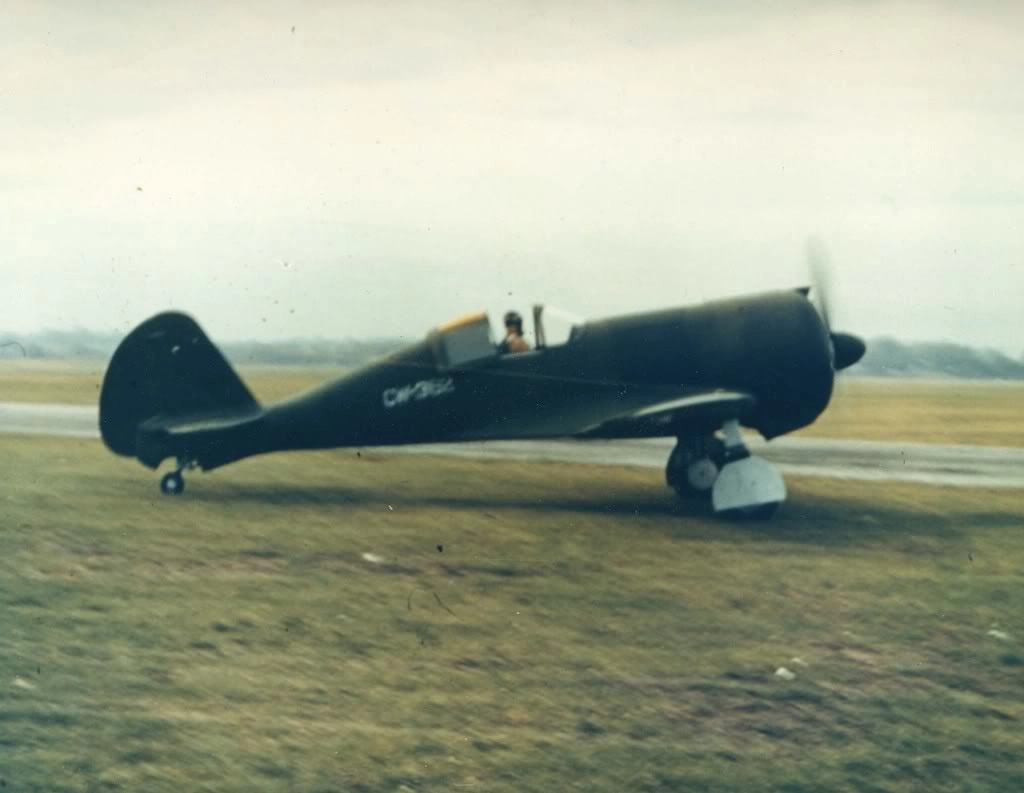
| aircraft | notes |
|---|---|
| Brewster B-339D Buffalo | Jong/oud blad upper sides with aluminium bottom |
| Lockheed (2)12 | Delivered in aluminium, later camouflaged with Jong Blad only |
| Curtiss CW-21B | upper rear section of the canopy was painted transparent orange |
| Curtiss CW-22 | |
| Fokker T.IX | What If, Prototype was initially developed for the ML-KNIL. |
| Martin 139 | Delivered in a yellow-blue scheme. Starting may 1940 this was replaced with overall Jong Blad on some planes and some Jong Blad with light grey undersides. From august new planes were painted with the two tone camouflage, with the previous machines also repainted again. |
| Curtiss 75-A7 Hawk II |
Martin B-10 model 139 delivery scheme
The Martin model 139 bombers were delivered to the ML-KNIL in a flashy yellow-blue colour scheme, the same they were painted in in the US. From 1940 onward, this was replaced with the jong blad / oud blad camouflage pattern to reduce visibility.
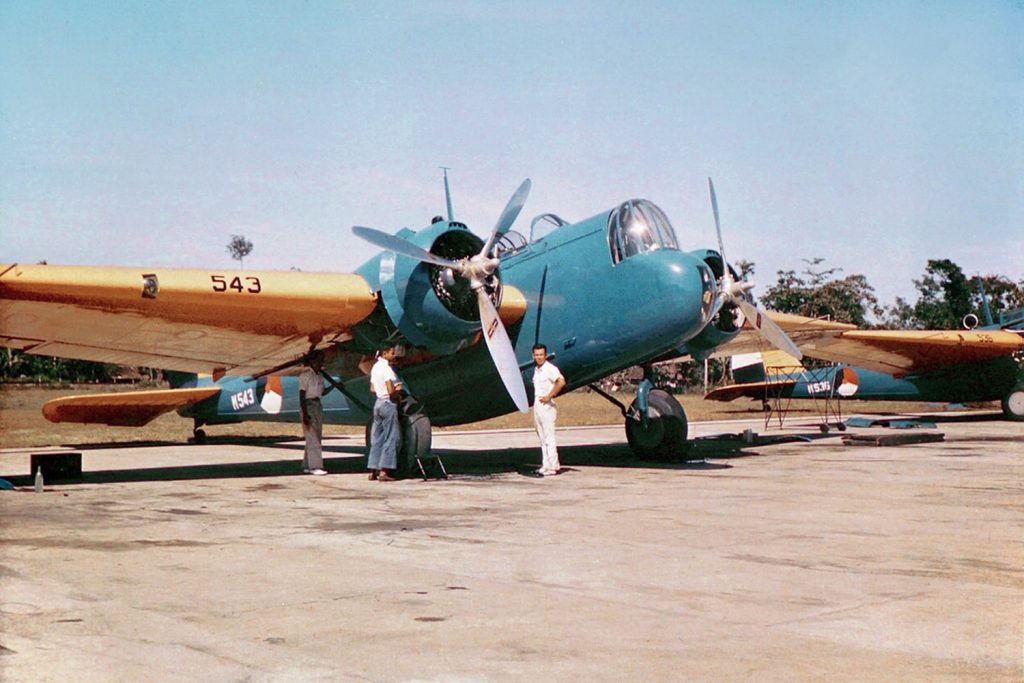
bron: Tropenmuseum
| Colour | equivalents | Gunze | Tamiya | Vallejo | Hataka | Humbrol | Mr. Paint | AK | MiG | |
| Lichtblauw #23 | light blue | FS-35109 | XF-8 | HTK-*156 | 109 | MRP-238 | RC234 | |||
| Overall fuselage and engine nacelle colour | ||||||||||
| Geel #4 | yellow | FS-33538 | H-329 C-329 |
XF-3 | 71.078 | HTK-*066 | 069 | RC008 | ||
| Overall wing, stabilizer and tail colour | ||||||||||
| Aluminium | ||||||||||
| Interior colour. | ||||||||||
Maritime Luchtvaartdienst
Water planes used by the MLD (Maritime Luchtvaartdienst, the Dutch navy Air Force) often sported a gray camouflage opposed to the regular LVA or ML-KNIL scheme.
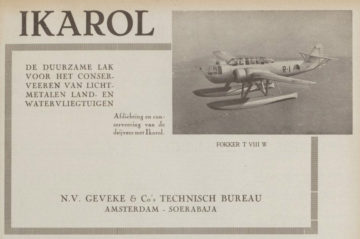
“The durable lacquer for the conserving
of light metal land and water planes”
1938-1940 Ikarol A & B
‘Ikarol’ flieglack was a range of aviation varnishes developed by Warnecke and Bohm. In the Netherlands these were i.a. used in two schemes. First Ikarol A, which was quickly replaced by Ikarol B. Ikarol A was first seen on the imported Do-24. However after the first batch of 18 machines, this was replaced with Ikarol B, which replaced the aluminium dope with light grey. Ikarol B was also used to paint the 2nd series of Fokker T.VIII-w machines repaint the Fokker C.XIV-w’s
The Dorniers were in 1940 however repainted again to a scheme resembling that of the imported Catalina’s.
The paints themselves didn’t have standardized names, and were often known by different ones on different machines. They’re however most commonly know as Hollandgrijs or Hollandgrau.
| Code | Alternative names | equivalents | Gunze | Tamiya | Vallejo | Hataka | MRP | AK | Ammo MIG |
| Hollandgrijs | Holland Gray Hollandgrau 7107.02 Ikarol Decklack II RLM-grau 103/2 |
FS-14159 RLM-02 |
C-060 H-070 |
71.314 70.886 |
HTK-*023 | MRP-050 | RC265 AK11812 |
217 | |
| Ikarol A: Overall scheme Ikarol B: fuselage colour, upper side of wings and stabilizers Do-24 interior |
|||||||||
| Hollandgrijs licht | Holland Gray light | FS-26440 ANA 602 |
H325 C325 |
70.986 | 71045 | HTK-*048 | MRP-098 | RC220 AK11866 |
|
| Ikarol B: lower side of wings and stabilizers | |||||||||
| Aluminium | 7108.01 Ikarol Decklack silber 111/S | ||||||||
| Ikarol A lower side camouflage Side external floats (Fokker C.XIV-w, T.VIII-w) |
|||||||||
| Zwart | Black | ||||||||
| Bottom external floats (Fokker C.XIV-w, T.IV, T.VIII-w). unsure, might also be aluminium. | |||||||||
| Ikarol A | Ikarol B |
|---|---|
| Dornier Do-24K-1 (first 18 machines; X-1 to X-18) | Dornier Do-24K-1 (machines X-19 and onward) and K-2 |
| Fokker T.VIII-w/G-2 (machines R-6 to R-24) | |
| Fokker C.XIV-w |
Dornier Do-24 Du Pont Scheme
During 1940, the Dornier Do-24’s still in service were repainted with DuPont colours in a scheme similar to the ordered PBY-5 Catalina’s. This scheme is probably the most well known of the different Dornier liveries. The top was painted with DuPont 71-1945 and the bottom 71-021.
| Colour | equivalents | Gunze | Tamiya | Vallejo | Hataka | Humbrol | Mr. Paint | AK | MiG | |
| Donkergrijs | Dark gray | FS-15042 Du Pont 71-19459 |
C-365 | XF-17 | 70.898 71.091 |
HTK-*001 | MRP-237 | 227 | ||
| Upper side camouflage | ||||||||||
| Melkwit | Milk white | Du Pont 71-021 Fs-24583 |
H-74 | 85% XF-2 15% XF-20 |
71.103 | HTK-*092 HTK-*039 |
90 | MRP-225 | RC241 | |
| Lower side camouflage | ||||||||||
Fokker T.IV schemes
The fokker T.IV used it’s own camouflage pattern, with differences between the two batches. The 1st 12 machines with Lorraine-Dietrich 12E engines were initially delivered in a light gray overall camouflage. The 2nd batch of 12 T.VIa machines with Wright 1820 Cyclone engines was initially delivered in an overall aluminium dope colour.
At some point, the machines were repainted with a new top coat, Hollandgrijs for the T.IV and Olijfgroen for the T.IVa
| Colour | equivalents | Gunze | Tamiya | Vallejo | Hataka | |
| Marinegrijs | Marine Gray | FS-16440 | 70.986 | |||
| T.IV (machines T-1 to T12): Overall colour delivery scheme Underside and side colour of the revisited scheme |
||||||
| Hollandgrijs donker | Dark gray | FS-14159 | ||||
| T.IV (machines T-1 to T12): topside colour of the revisited scheme |
||||||
| Aluminium | Aluminium | 70.864 | ||||
| T.IVa (machines T-13 toT-24): Overall colour delivery scheme T.IVa Underside colour of the revisited scheme |
||||||
| Olijfgroen | Olive green | FS-14151 | H-58 | |||
| T.IVa (machines T-13 to T-24): Topside and side colour of the revisited scheme |
||||||
| Zwart | Black | 70.950 | ||||
| Bottom side floats | ||||||
Fokker T.VIII-w delivery scheme
The Fokker T.VIII-w machines were delivered in two orders. The prototype and the first series of 4 machines, ordered 23-9-1938 were called the Fokker T.VIII-w/G-1. These five machines, registration R-1 to R-5 were delivered between 25-04-1939 and 13-09-1939 and were painted in a two tone gray colour. The 2nd series, the T.VIII-w/G-2 consisting of machines R-6 to R-11 were delivered in the Ikarol B scheme.
| Colour | equivalents | Gunze | Tamiya | Vallejo | Hataka | |
| Grijze deklak | grey deck laquer | |||||
| Upper side of floats | ||||||
| Noordzeegrijs | north sea gray | FS-36231 | ||||
| overall fuselage upper side of the wings |
||||||
| Zwart | Black | XF-1 | ||||
| Bottom side floats | ||||||
| Aluminium dope | Aluminium | FS-27178 | ||||
| Side of the floats Underside camouflage of the wings Overall Aircraft (R-1 prototype before delivery) |
||||||
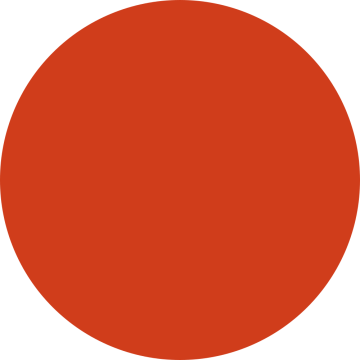 |
Orange Circle |
| 1914-1921 | |
| The LVA, the Dutch army air force, was officially founded in 1913. In 1914 the orange circle roundel was adopted, orange being the Dutch national colour after the royal family, the house of Orange. Application of the roundel differed per plane, but was usually in the six standard positions. |
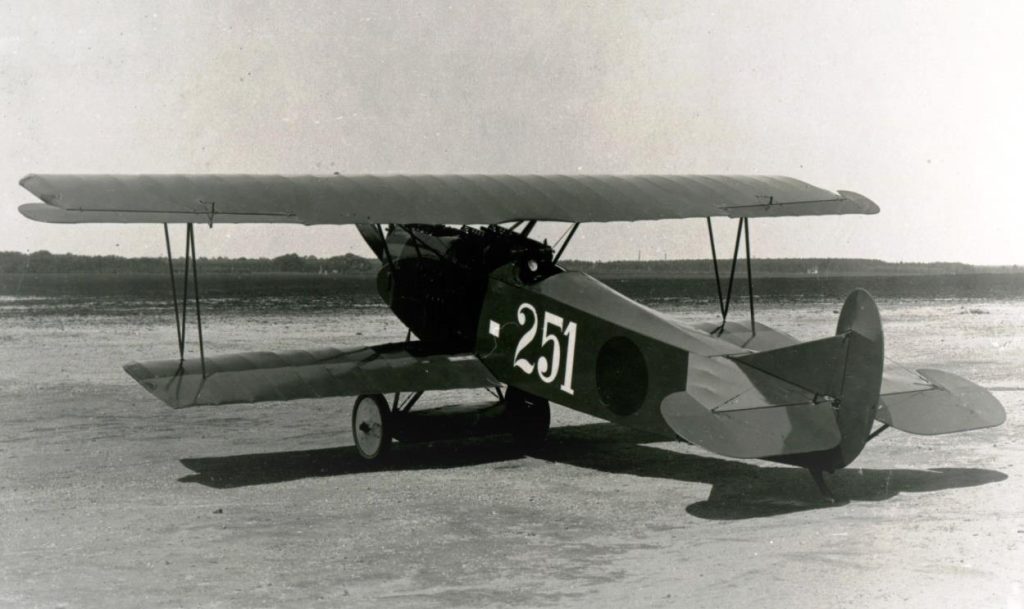
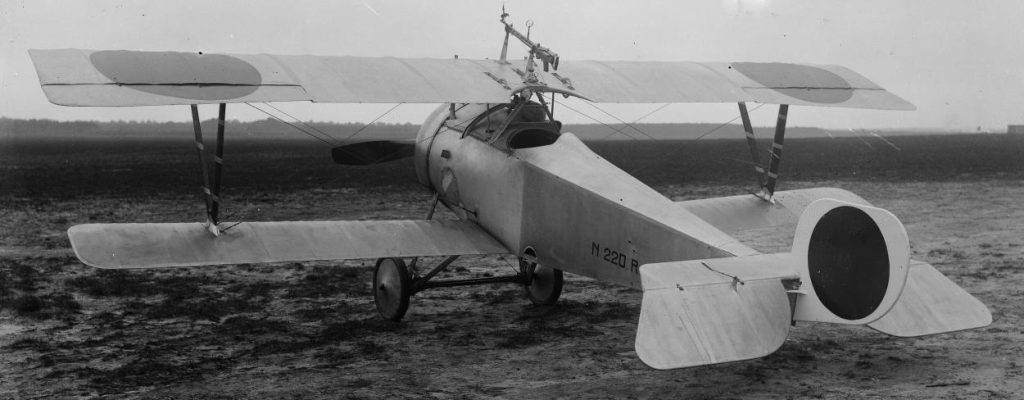
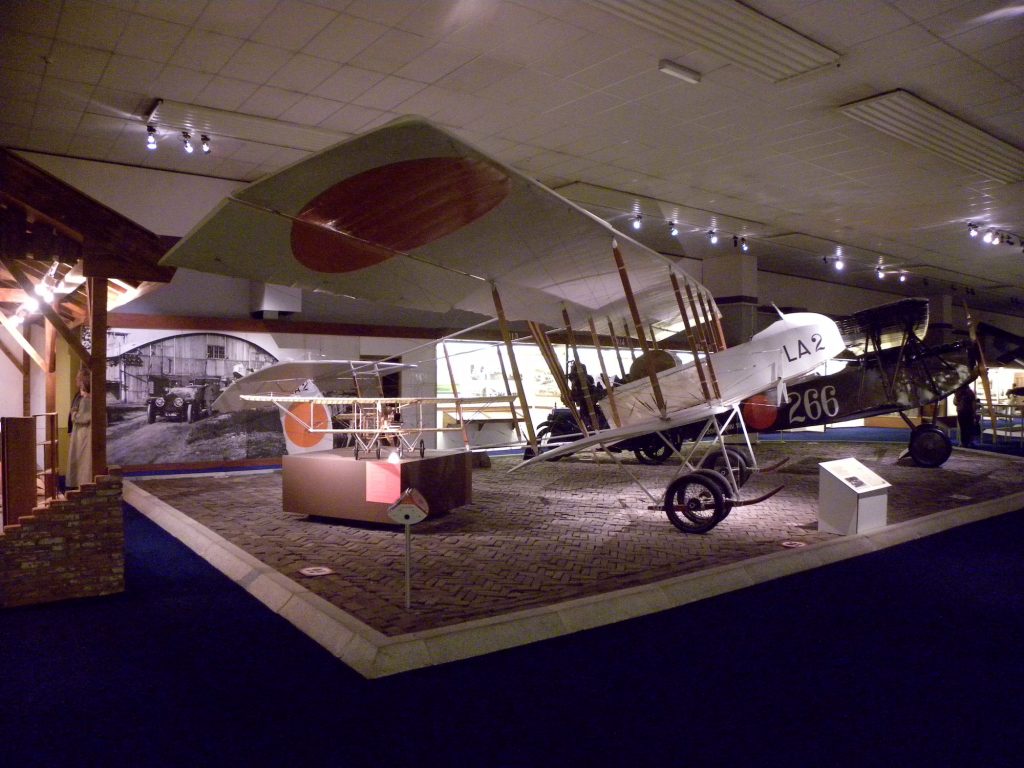
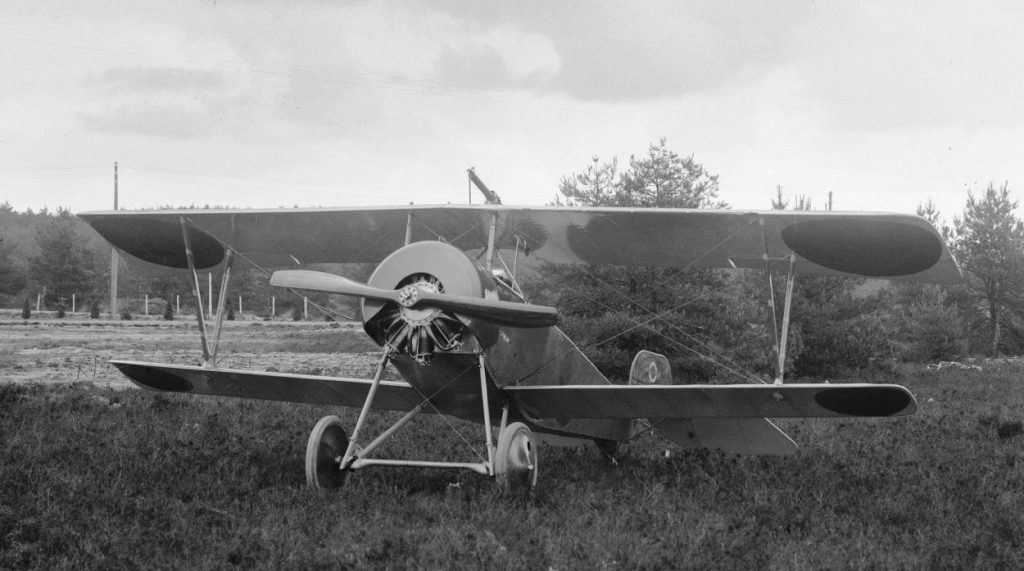
 |
Orange Circle on White Background |
| 1914-1921 | |
| Likely to improve visibility of the roundel against darker background colours, the roundel would sometimes be placed on a white background square. |


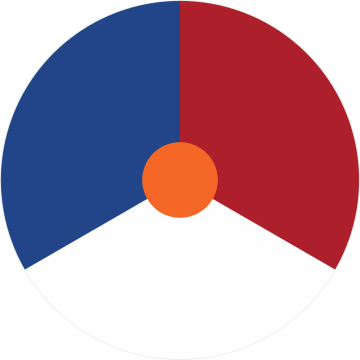 |
Tricolour roundel |
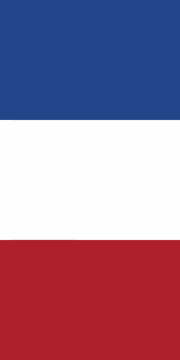 |
|
| 1921-1939, 1945-now | |||
| In 1921 the Dutch switched the current roundel. (although not in use from slightly before WW2 to after the war.) The fin flash was not always used, leaving the tail bare. The positions of the segments would only be standardized from December 29, 1932 onward. |
The PVA-KNIL, the precursor of the Dutch East Indies air force ML-KNIL, was established in 1914. This revealed issues with similarities between the Dutch and Japanese roundel. Army Commander Lt. General van Rietschoten therefore decided on January 15, 1920 that the roundel should be changed:
At the end of the fuselage, between the motor and the empennage, a red-white-blue rounder with an orange circle in the middle. The stabilizer is to be divided in same-with red-white-blue horizontal bands.
Wings: on the lower and upper wing, the red segment points towards the leading edge.
Body: The white segment has to point downwards.
This decision was solidified by the governor-general via Gouvernementsbesluit No. 45 of December 15, 1920.
The official decision however makes no note of the orientation of the sectors. The size of the orange circle is also described as “much smaller”, leaving the actual size open to interpretation. As a result, the order of sectors would vary, as would the size of the orange interior dot. Although it would mostly be 1/4 ~ 1/5 of the diameter. This be officially determined until Koninklijk Besluit No. 90 of December 29, 1932. The size of the orange circle would be 1/5th of the diameter and the sectors would be as shown in the image above.
The rudder bands would be dropped in December 5, 1938

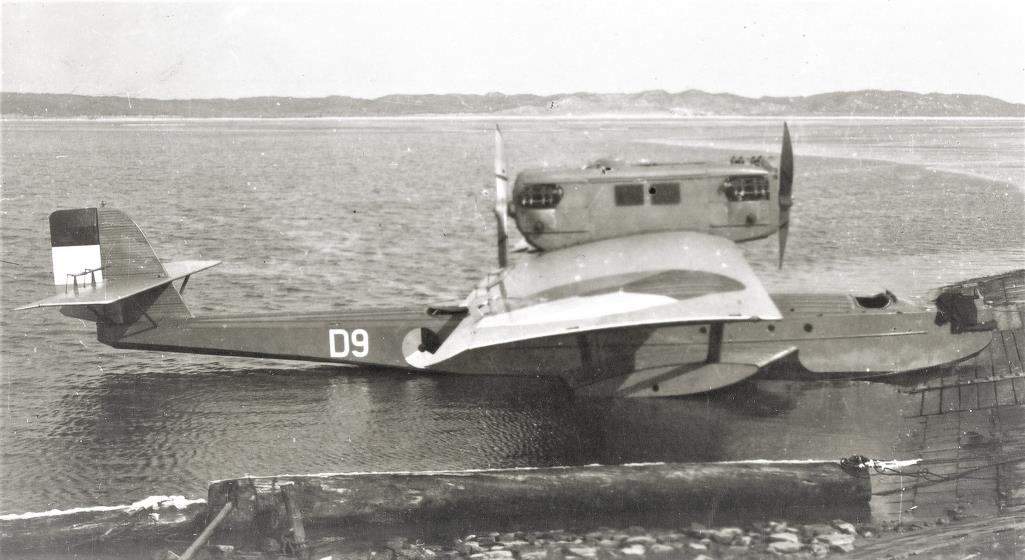
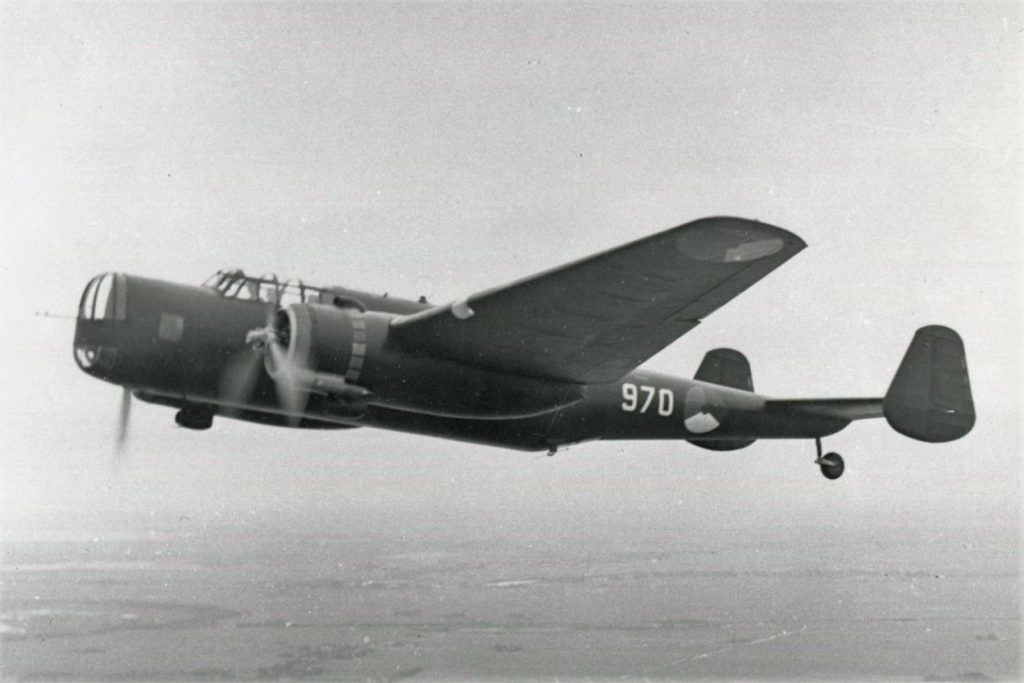
 |
Experimental roundel |
| 1938 | |
| An alternate proposal for the roundel change was tested in 1938. While it was painted on a Fokker D.XXI as a test, no photographs are known. |
During exercises in September and October by the MLD in the East Indies, experiments were done with aircraft camouflages. This also showed that the roundel in it’s current form was rather visible, mostly the white sector. On May 3th, 1938 a request from the Navy Commander In the East Indies.
Multiple options were considered:
- Make the white sector transparent, showing the camouflage instead
- Increase the size of the orange dot
- Introduce an orange sector, reducing the size of the others.
This resulted in an experimental roundel at the end of 1938, as shown here.
 |
Temporary revival of the Orange Circle |
| September 1939 | |
| For reasons unknown, a few Fokker T.VIIw planes were temporarily adorned with an Orange Circle roundel. |
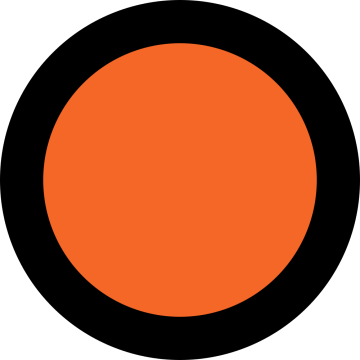 |
Orange Circle with Black Border |
 |
|
| September 1939 | |||
| Another picture of Fokker V.VIIw airplanes with an odd roundel, likely orange. Again, it is not known why. An experiment, a wrong interpretation of the new directions? |
 |
Transition roundel |
| 1939 (?) | |
| A solid orange triangle, overlayed on the circular roundel. Only encountered on a Fokker D.XXI with number 227. Why this roundel this roundel was painted this way is unknown. Maybe a temporary paint shortage to over paint the old roundel, or a misinterpretation of instructions. |
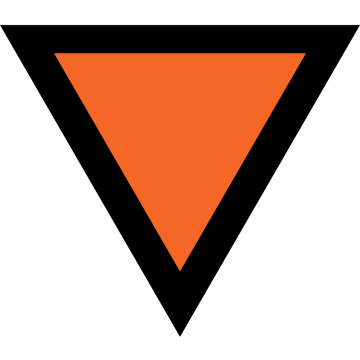 |
Neutrality triangle |
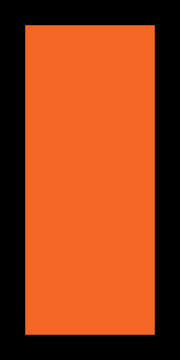 |
|
| 1939-1942 | |||
| On Each wing (on the upper surface of the upper wing, on the lower surface of the lower wing, and with monoplanes on the upper and lower surface), as well as on both sides of the fuselage of the airplane, applied over the entire width of the wing and the full height of the fuselage, at each a orange colour, an equilateral triangle with a black border, the latter with a width of 10cm. The centre of the triangle lies on the wings halfway the distance between the side of the wing and the fuselage. On the sides of the fuselage halfway the distance between the rear of the lower wing (c.q. the wing with monoplanes) and the centreline of the horizontal stabilizer. On the wings the triangle points backwards with the points, on the fuselage downwards. The rudder wholly orange, surrounded by a 10 cm wide black border. The above shall enter into force on 1 October 1939 at 00:00. – Koninklijk Besluit No.1 of September 23, 1939 |
When tensions rose before the 2nd world war, the Netherlands changed their roundel to the orange triangle to avoid confusion between Dutch, French and British planes.
Throughout the war in the Dutch indies the roundel got less and less pronounced over time. Around August 1940, the rudder and upper wing roundel were dropped.
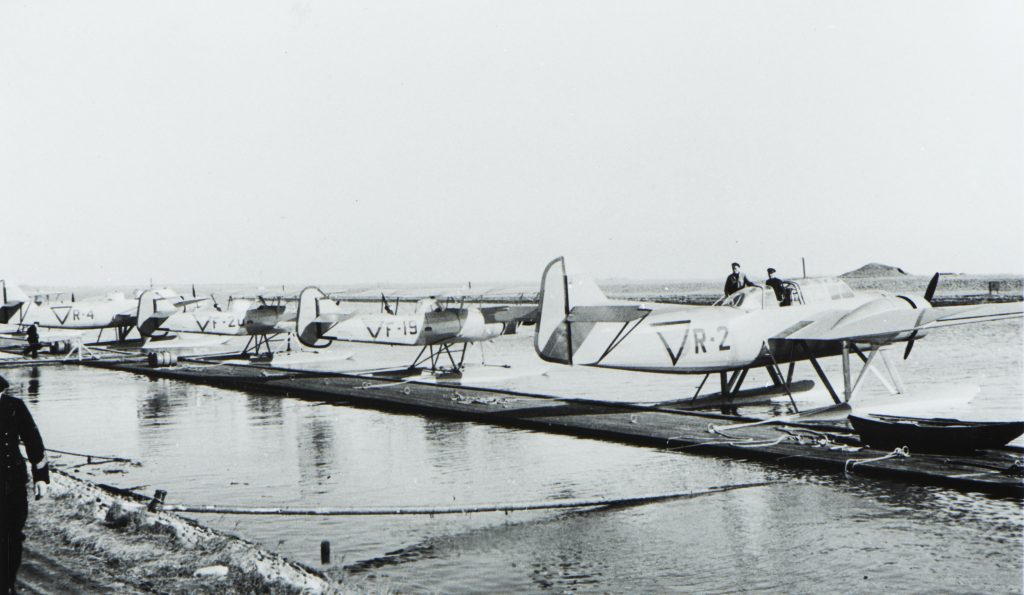
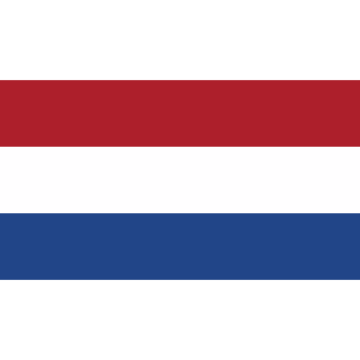 |
Flag roundel |
| 1942-1949 | |
| In the Indies, the neutrality triangle would be changed again in 1942 to prevent possible confusion with the Japanese solid red Hinomaru roundel. It was used until Indonesian independence in 1949. |
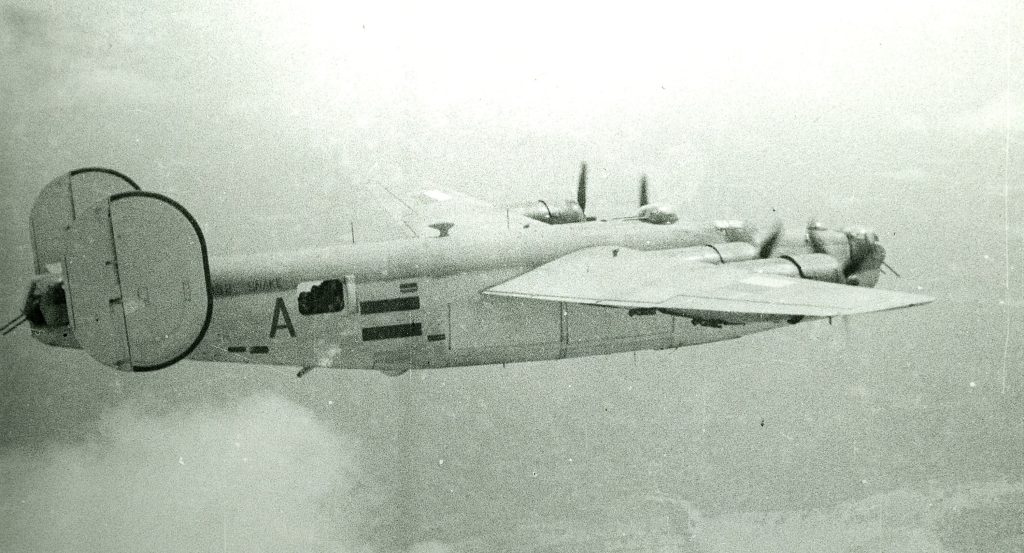
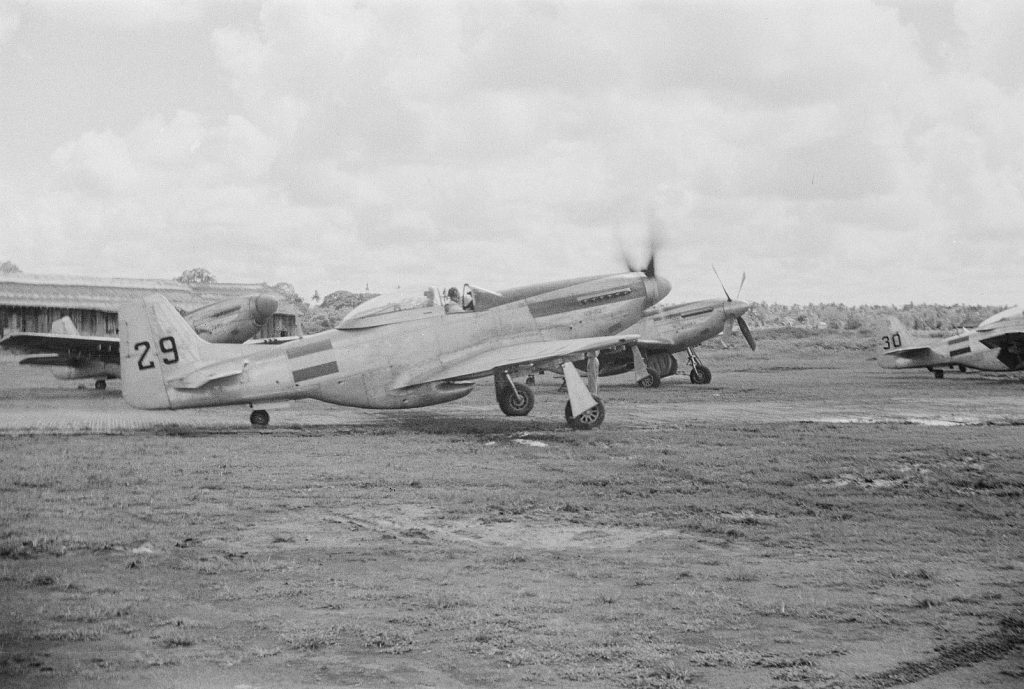
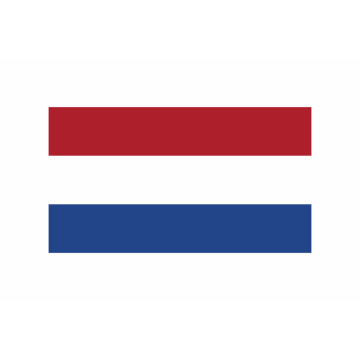 |
Bordered Flag roundel |
| 1945-1949 | |
| After liberation, planes were adorned with flags of 1000x600mm, with a 100mm white border. The border was to prevent confusion with japanese aircraft of the AURI, which were painted red-white markings. The border did not apply for bare metal aircraft |
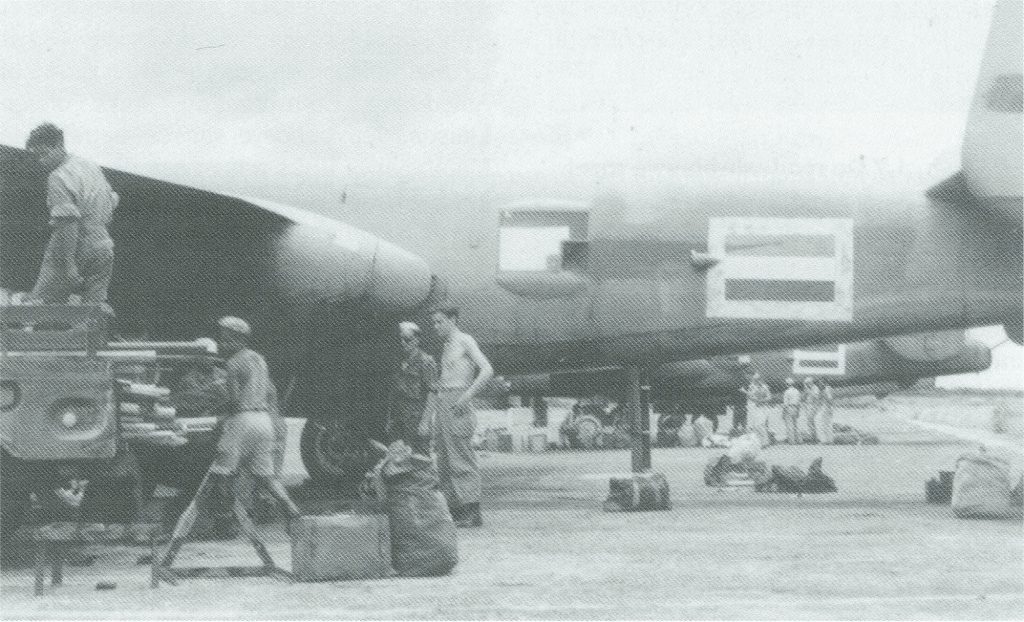
Usage of nose art was commonly done by the ML-KNIL. Officially it was forbidden by headquaters in Meldbourne. This rule was however not really followed.
1 NEI Transport Squadron
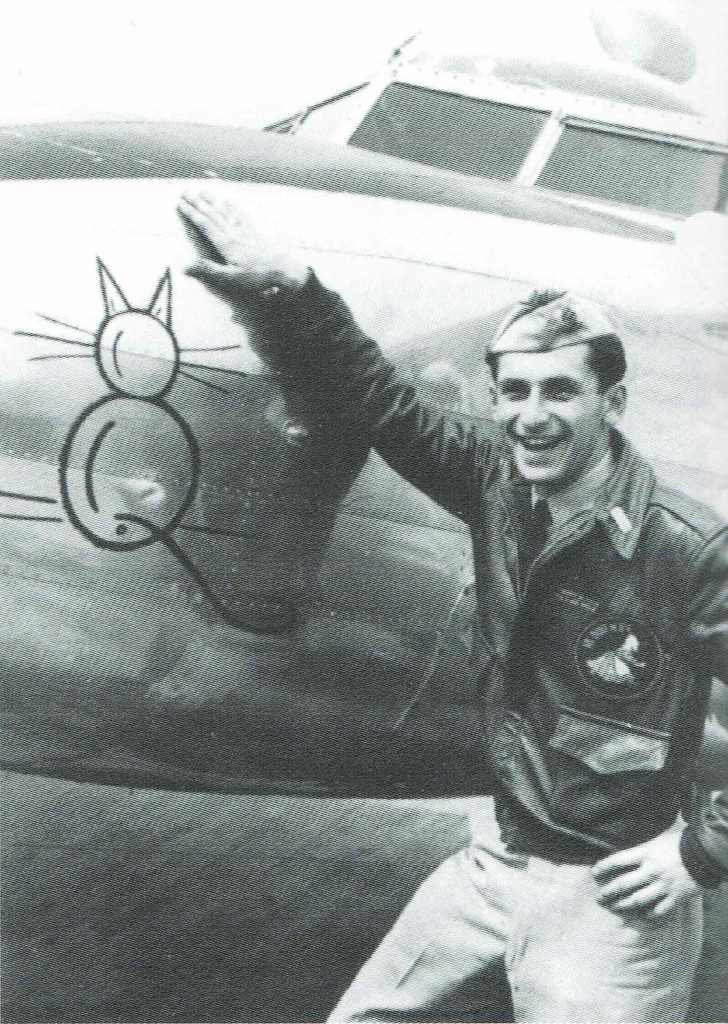
Kat
Lockheed L-12, Registration: L2-103
16 Squadron
18 Squadron
“Lienke”
B-25, Registration: N5-185
Flown by lieutenant Guus Hagers. Potshot airfield, during preparations for pamphlet flights above Java.

Shark mouth
B-25, Registration Unknown
37 Squadron

“Princess Margaret”
Lockheed C-60A-5, Registration: LT-931
An anglicized version of “Princes Margriet”, painted on by American Personnel at Hamiltion Airport
120 Squadron
“Neneh Boenting”
P-40N, Registration unknown
Meaning “Pregnant older woman” in Malay. Painted on the aircraft of Trebels, showing his dissatisfaction of recieving P-40 aircraft instead of P-38’s.
320 Squadron
“Margriet”
B-25C, Registration: FR142 “F”
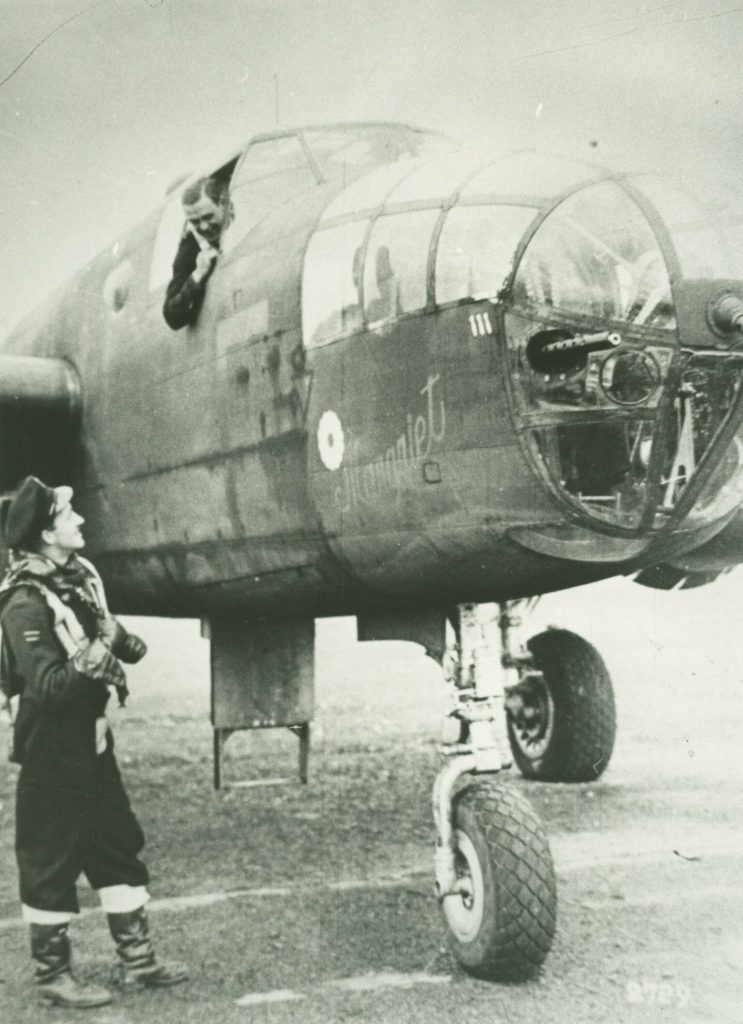
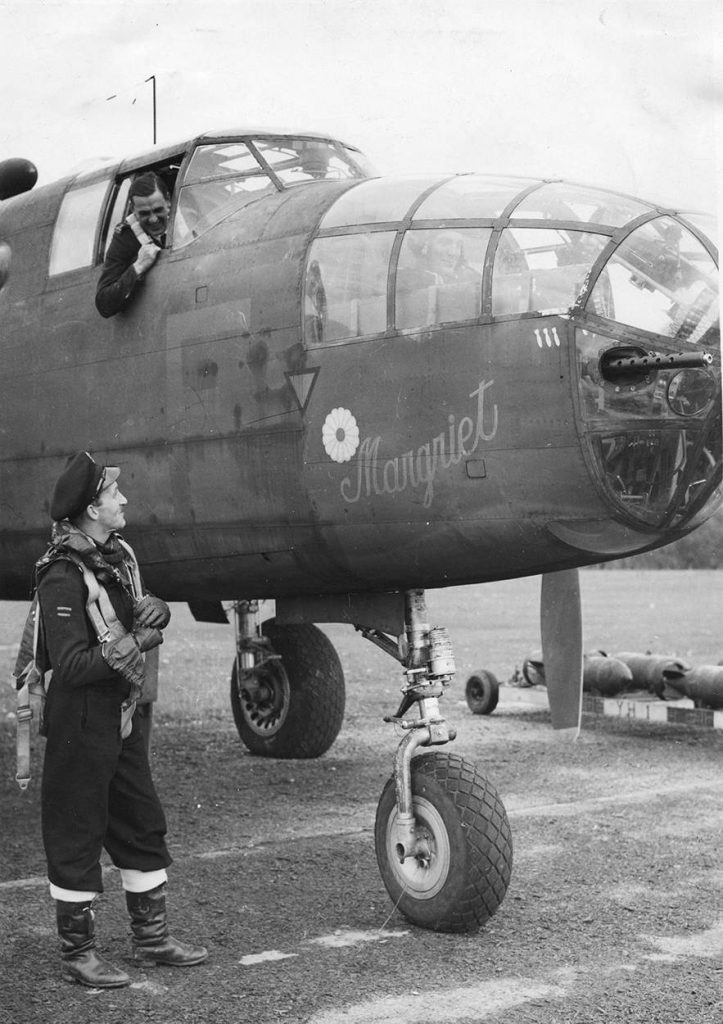
“Flak Joy”
B-25D, Registration: FR207 “U”
From left to right: J.W. de Bruyn Kops, K.L. Mackenzie, J. Citroen and J.C. Huiskes
321 Squadron
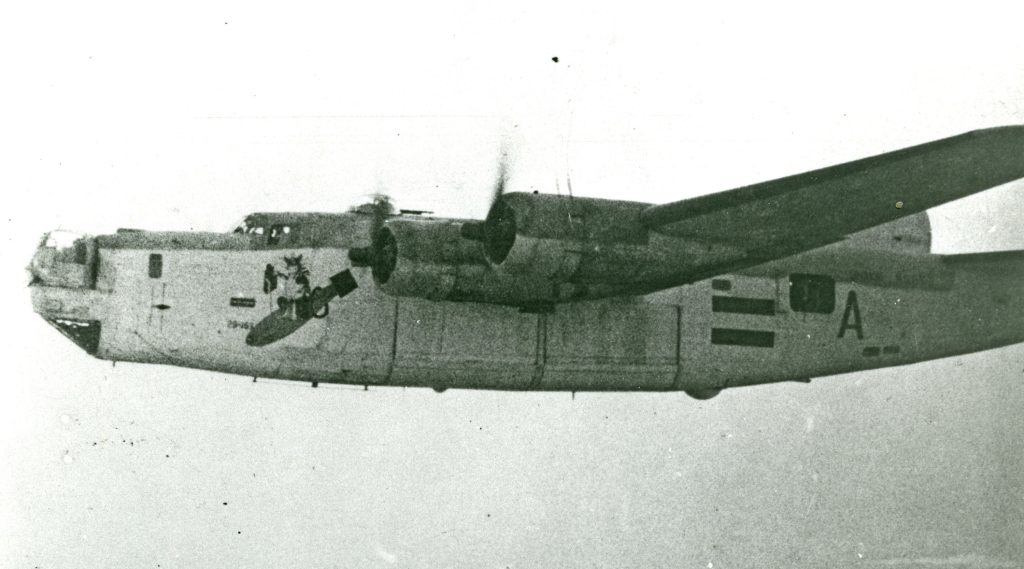
Sources:
- Gerdessen, F., Kalkman, K., Oosterveen, C., & Vredeling, W. (2011). Fokker G-1 ‘Le Faucheur’. Jachtkruiser. Deel 1. Emmen: Lanasta.
- Greuter, J.H.N. et al. (1997), Camouflages en Kenmerkens op Vliegtuigen van de Nederlandse Strijdkrachten.BV Bonneville
- https://kw.jonkerweb.net/index.php/nl/vliegtuigen-lijst
- https://www.ipms.nl/928-aa-kleurtabe
- https://www.marsethistoria.nl/recent-onderzoek/888-de-camouflage-van-de-vliegtuigen-van-de-militaire-luchtvaart-knil-in-de-periode-1940-1942
